Five of the world's most fascinating botanical gardens
"Ren Dai Shou Hu" means protection: protect plants, protect green, protect nature, protect life?
MAY BE! What we would like to protect more is your love for reading and nature.
——Official micro platform of Journal of Plant Protection
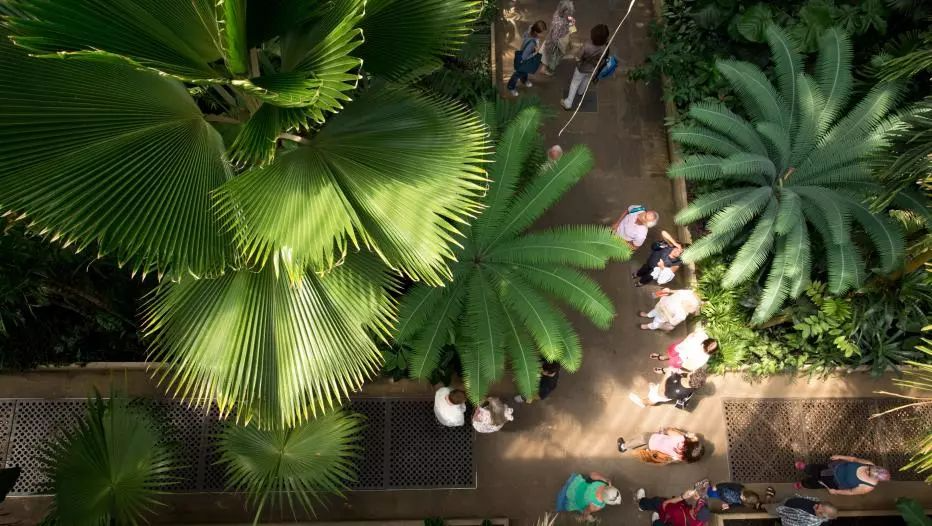
An excellent botanical garden not only has gorgeous greenhouses, rich plants, and a rich history, allowing people to enjoy beautiful flowers all year round, but also takes on the responsibility of protecting plant diversity and becoming a sanctuary for rare plants. A great city is incomplete without a botanical garden.
So follow me to appreciate five of the world's most fascinating botanical gardens.
1
{ The Royal Botanic Gardens, Kew }
Royal Botanic Gardens, Kew
World Cultural Heritage recognized by the United Nations
| Basic| Information |
Opening year: 1759
Location: London, England
Area: 1.21 km²
Ticket price: Adult ticket £17.75
| Main| Features |
World-famous greenhouse, sanctuary for rare plants
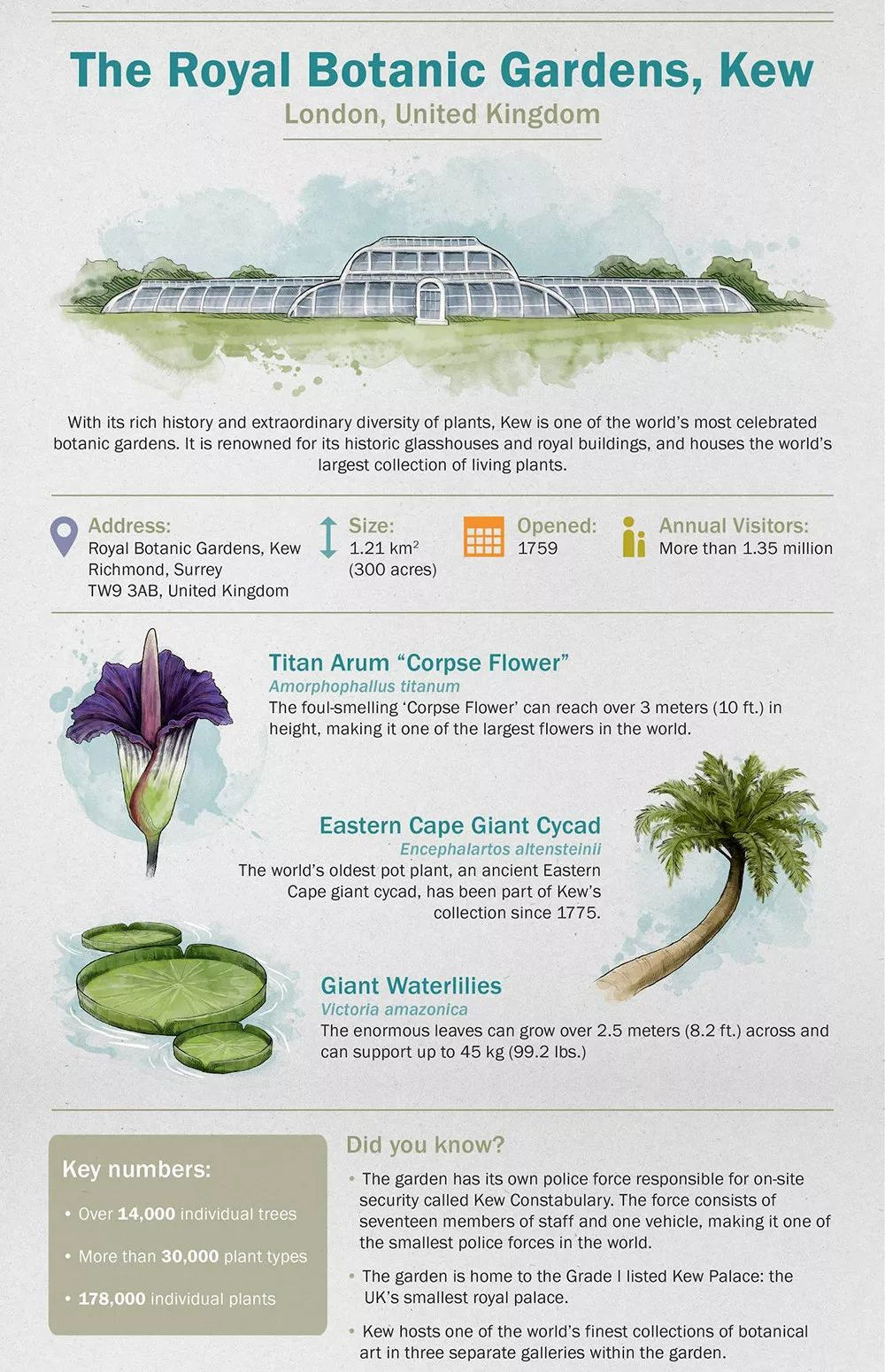
Kew Gardens official website: www.kew.org
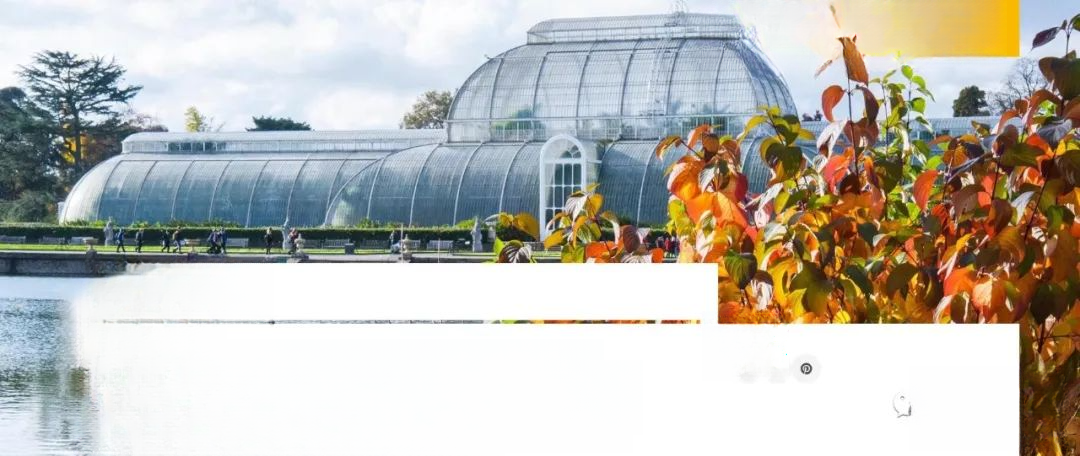
Kew Gardens' official website describes itself as follows:
Kew Gardens is London's largest UNESCO World Heritage Site, with unique landscapes and iconic buildings from every stage of its history. The plant collection we grow and display in our gardens and glasshouses is the largest and most diverse in the world.
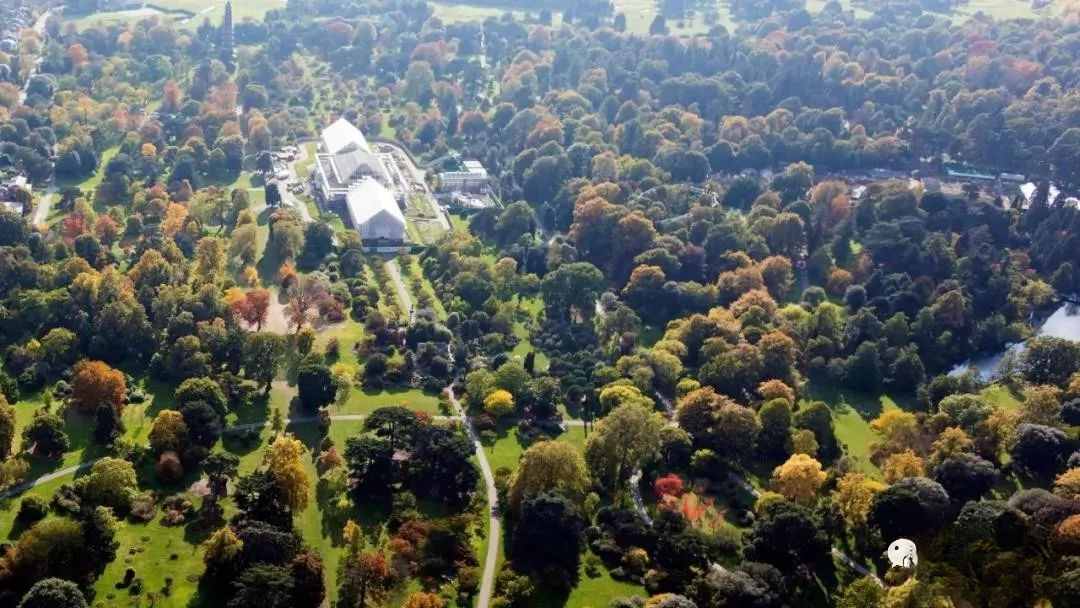
Aerial view of Kew Gardens
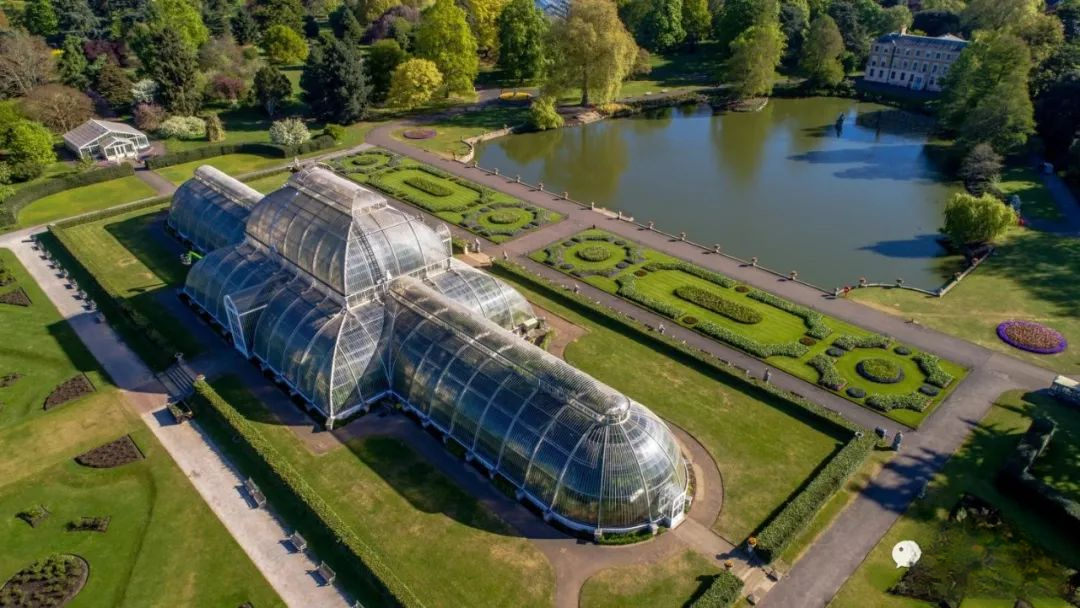
Plam House
Kew Gardens is most famous for its glass greenhouses, and the Palm House is one of the most famous greenhouses in the world. It has become a landmark building of Kew Gardens. This large greenhouse, built in 1848, collects a variety of tropical rainforest plants and is still in good working order, which is amazing.
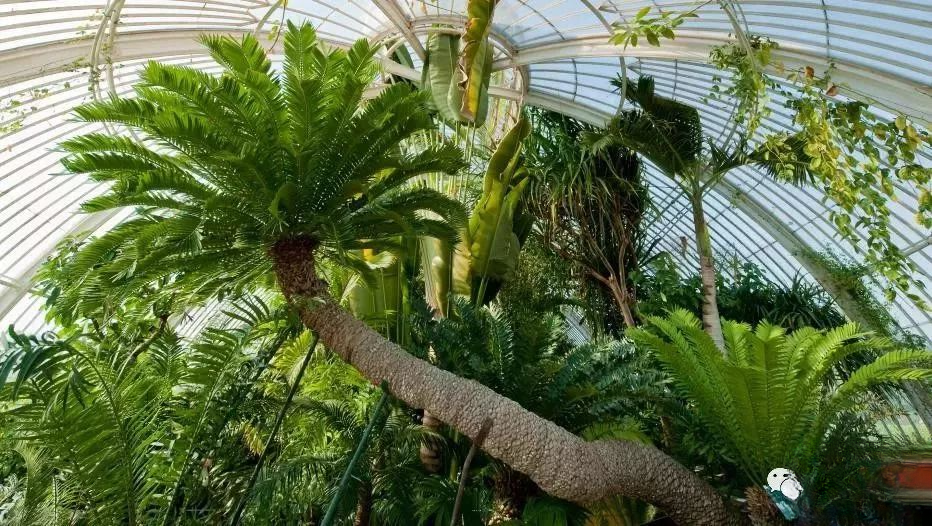
Ancient cycads
The palm-tree-like cycad in the picture above was a widespread plant 250 million years ago, before the appearance of dinosaurs and flowering plants.
The Palm House recreates a tropical rainforest climate and is a living laboratory that nurtures some of the most unique and environmentally threatened plant species from tropical regions of the world, many of which are endangered or even extinct in the wild.
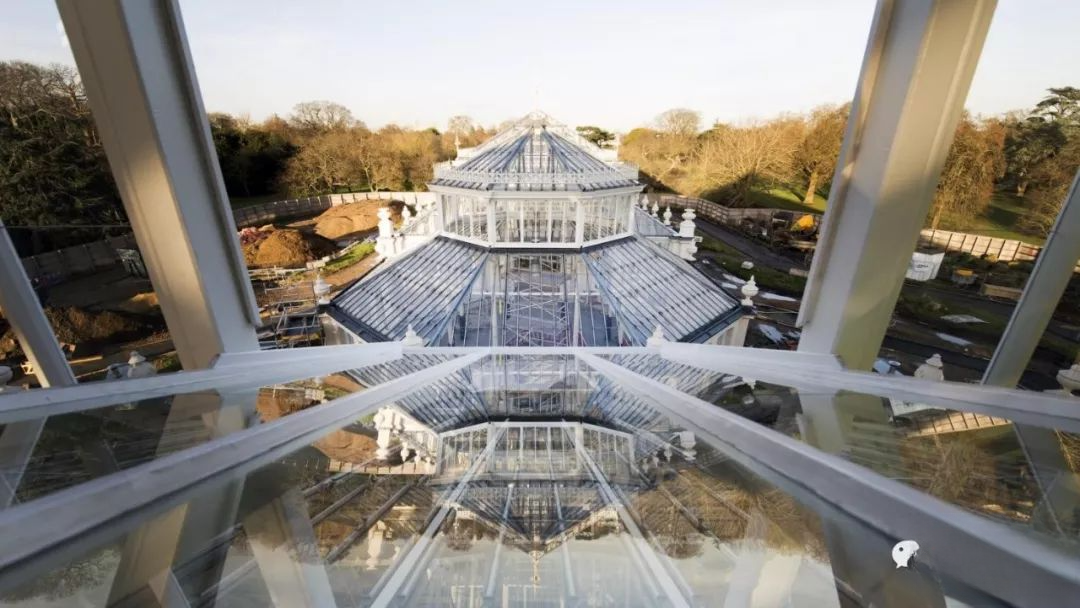
Temperate House
The Temperate Conservatory was built in 1860 and is now the largest Victorian greenhouse in the world after it was closed for renovation in 2013. It doubles as the Palm House and is home to 10,000 species of plants from temperate climates around the world, including temperate plants from Africa, Australia, America, Asia and the Pacific Islands.
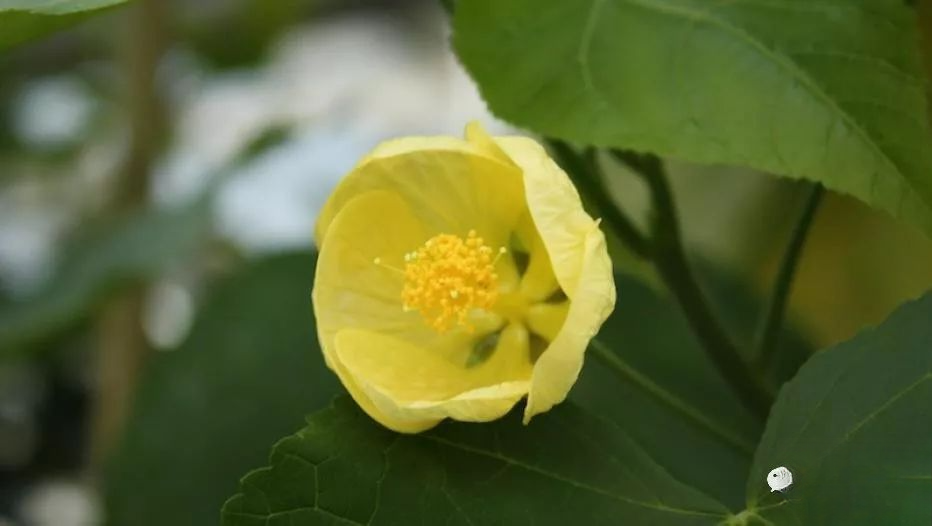
Abutilon pitcairnense is extinct in the wild
It contains some of the rarest and most threatened specimens, and is their last refuge.
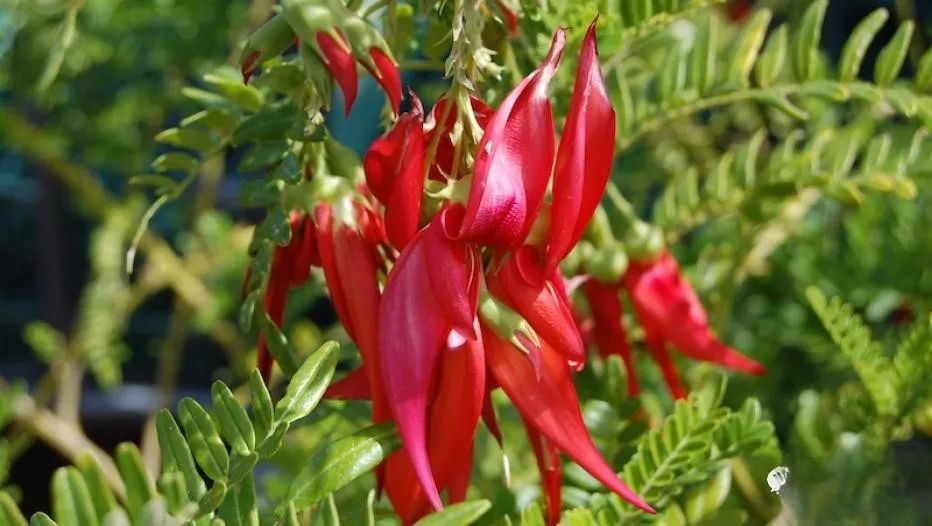
New Zealand native plant red bean
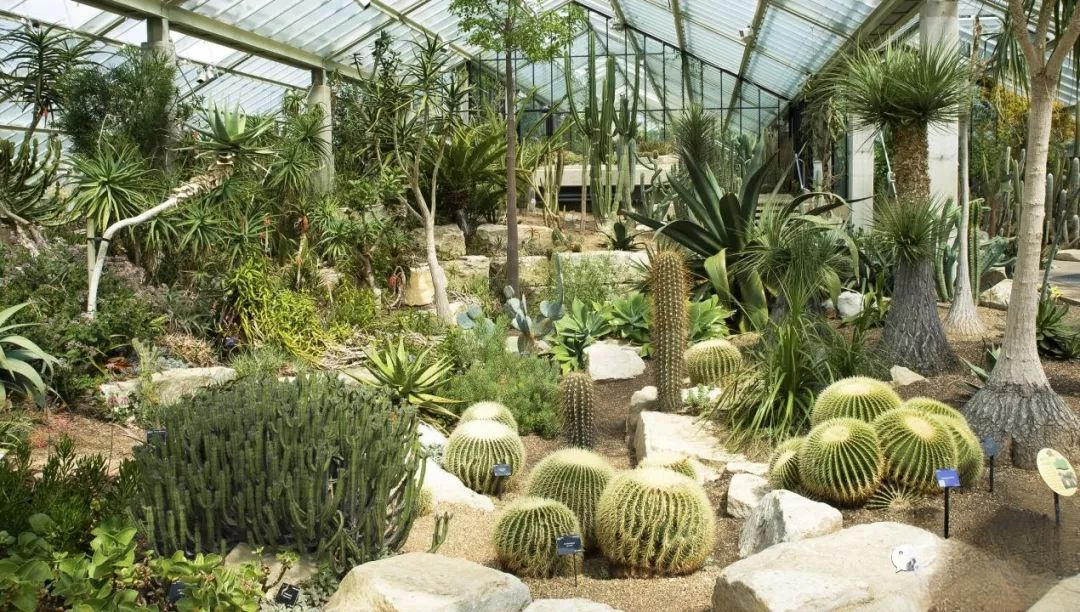
Princess of Wales Conservatory
The Princess of Wales Conservatory was rebuilt in 1987. The greenhouse creates ten different "micro-environments" by adjusting the heating, humidity, ventilation and lighting systems. There are a great variety of indoor plants, with plants from tropical arid and humid zones competing with each other for splendor and gathering together.
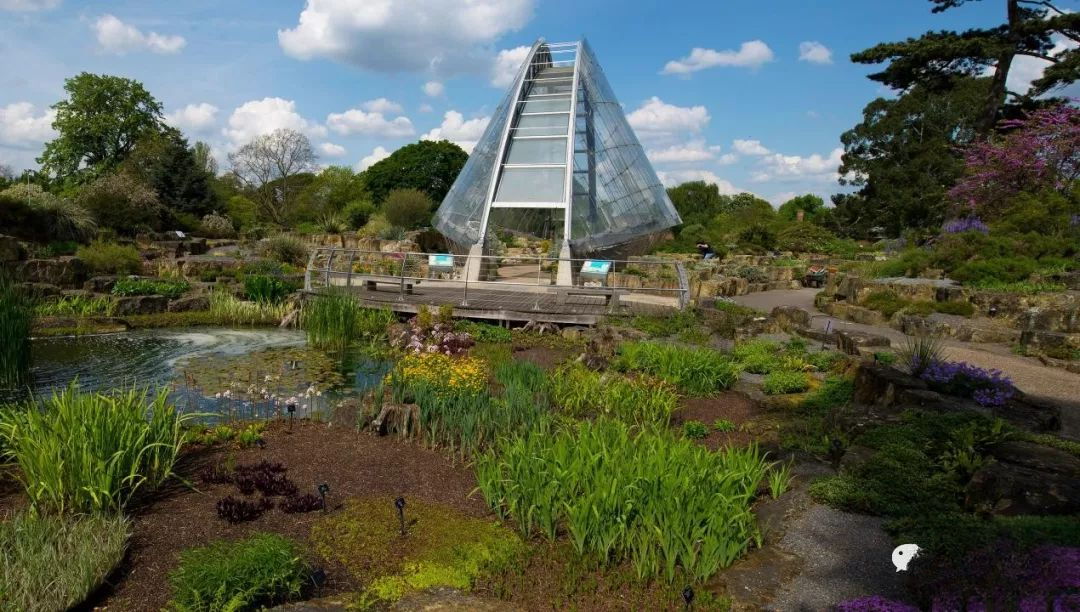
Davies Alpine House
The Davis Alpine Conservatory, the first greenhouse designed to last 20 years, houses a large collection of alpine plants and colorful flower bulbs native to the Mediterranean.
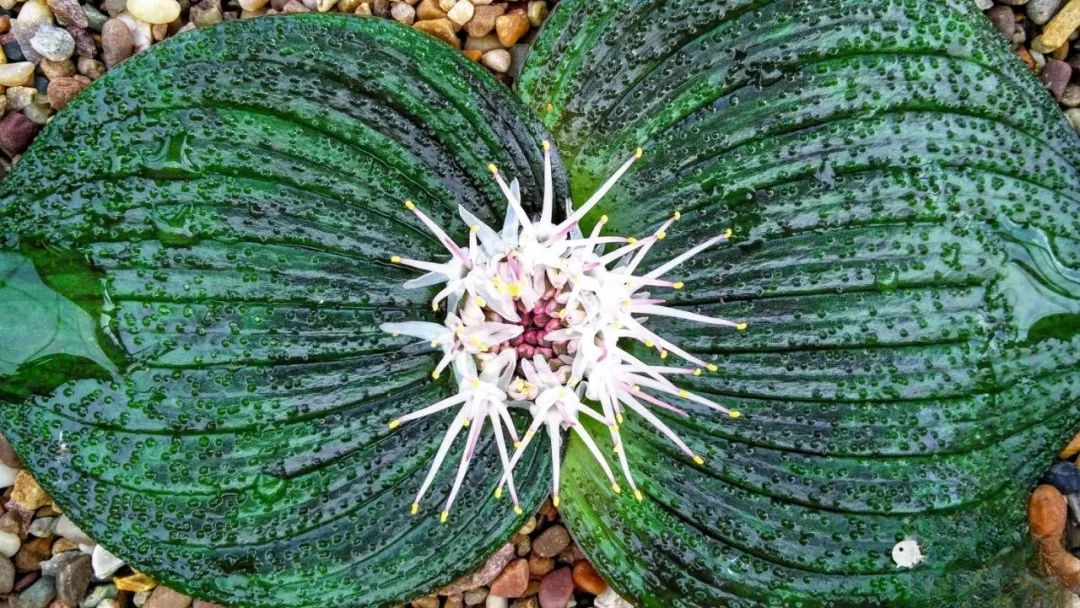
The Tree Walkway is a unique landscape of Kew Gardens. It is built 18 meters above the woods and is 200 meters long. It is surrounded by tall chestnut, beech, horse chestnut and other different oak trees. Visitors can observe the canopy ecosystem that is usually inaccessible.
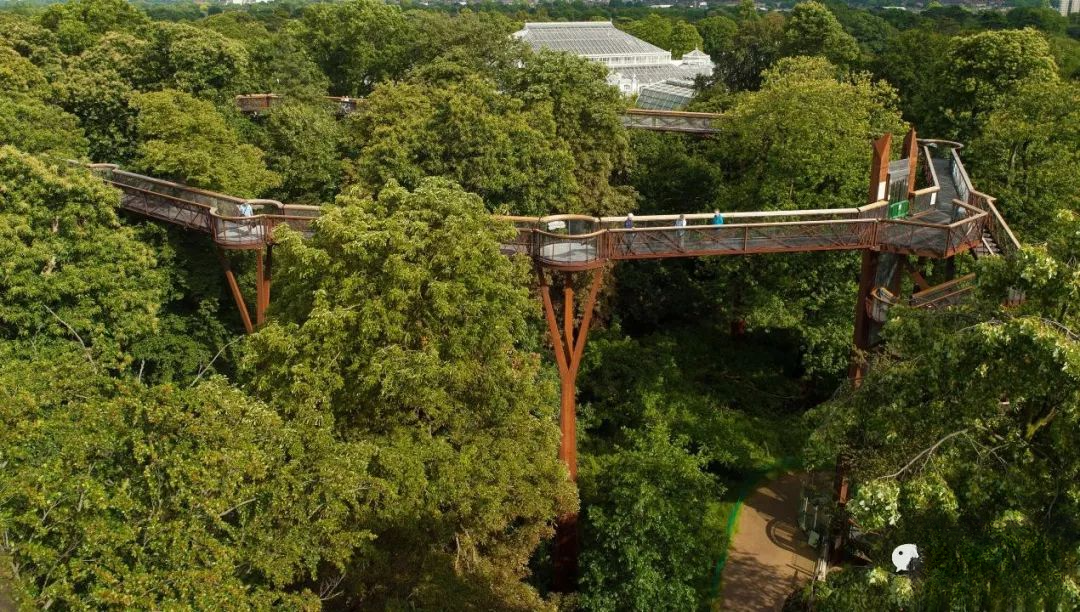
Treetop Walkway
In addition, Kew Gardens has 26 specialized gardens and 6 greenhouse gardens, including an aquatic garden, arboretum, azalea garden, azalea valley, bamboo garden, rose garden, grass garden, cypress garden, etc.
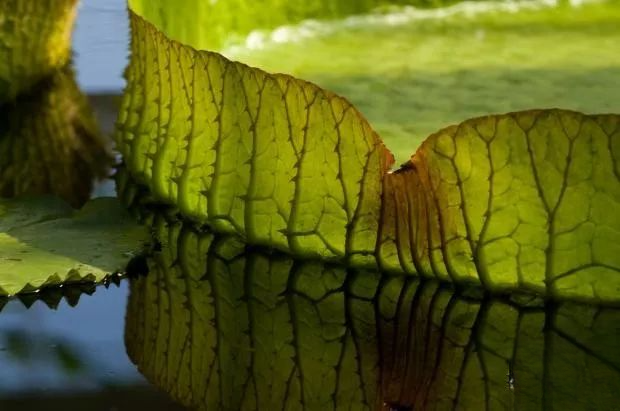
Waterlily House
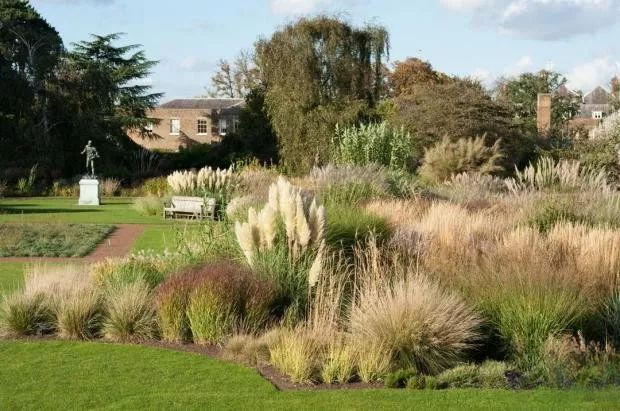
Grass Garden
Any scenery in the park will make you linger.
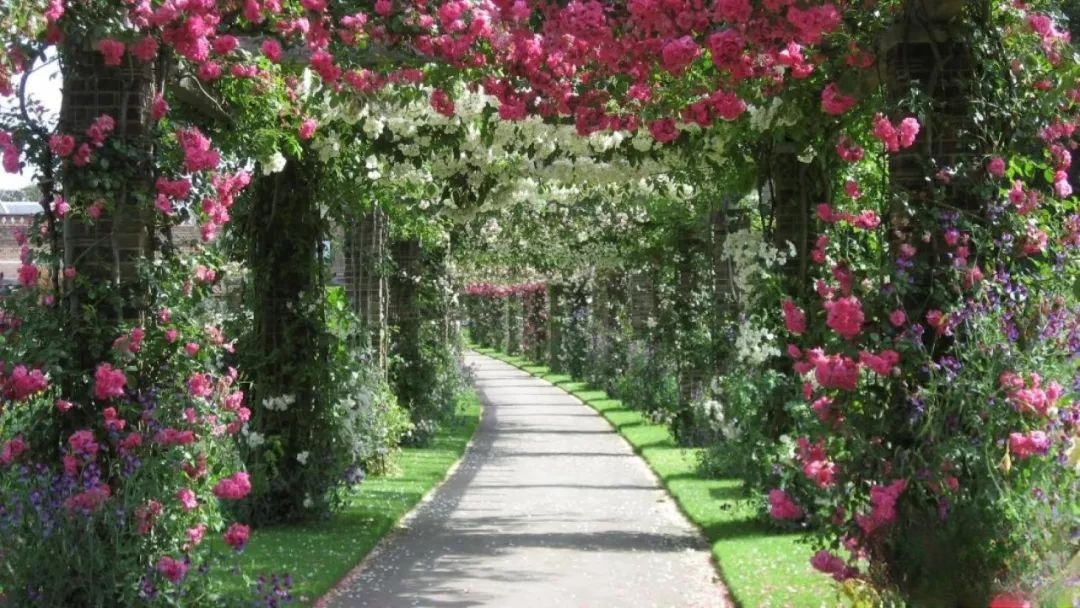
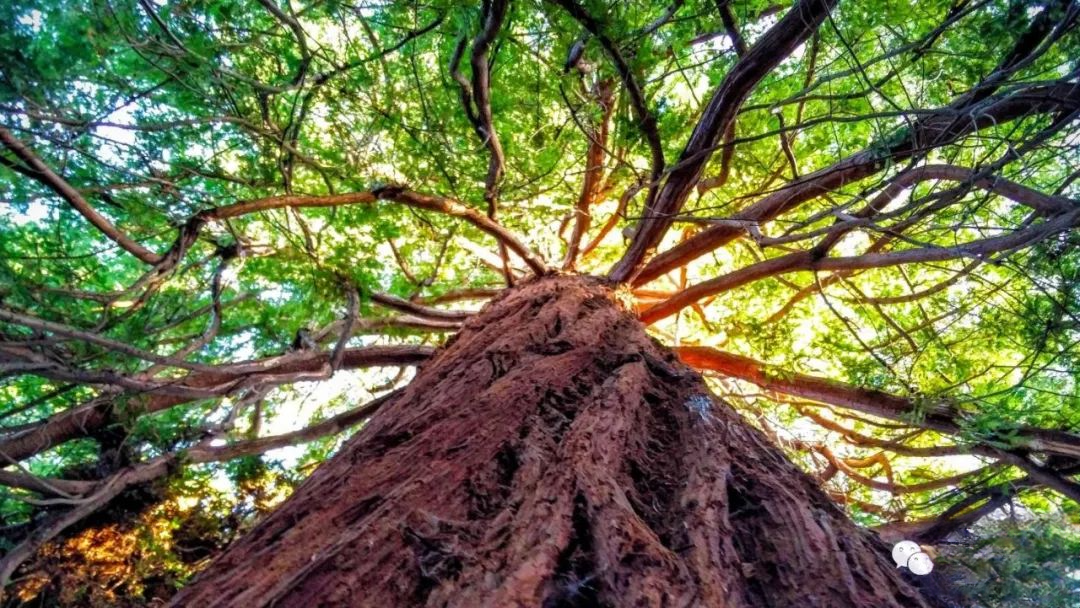
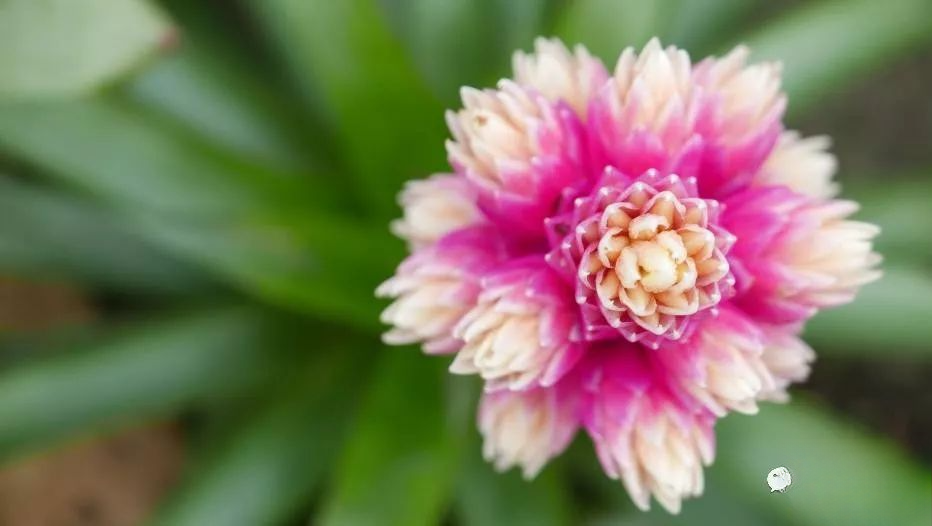
2
{ Singapore Botanic Gardens }
Singapore Botanic Gardens
World Cultural Heritage recognized by the United Nations
| Basic| Information |
Opening year: 1859
Location: Singapore
Area: 0.74 km²
Ticket price: Free (except National Orchid Garden)
| Main| Features |
Tropical gardens, orchid country
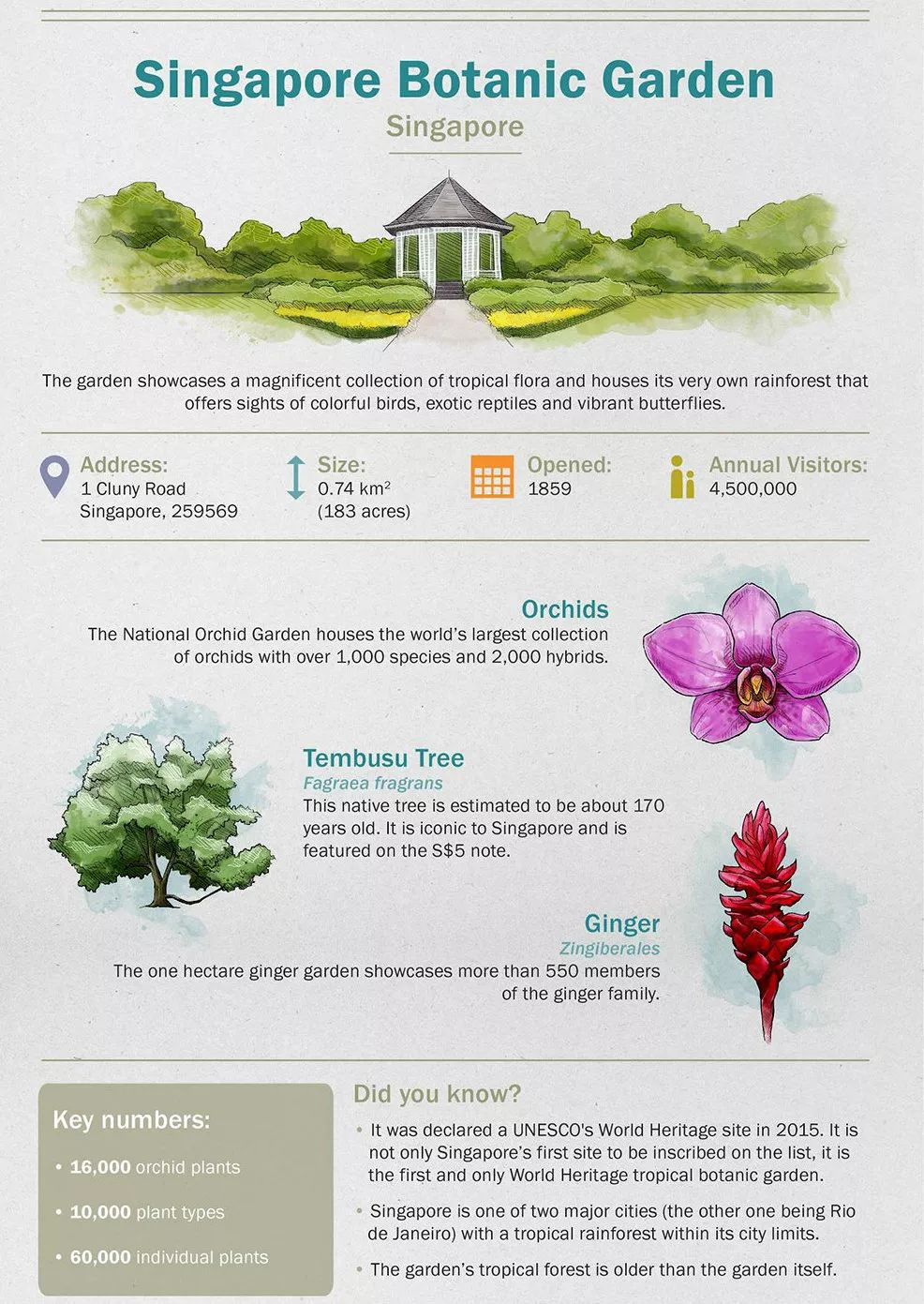
Official website: www.nparks.gov.sg/sbg
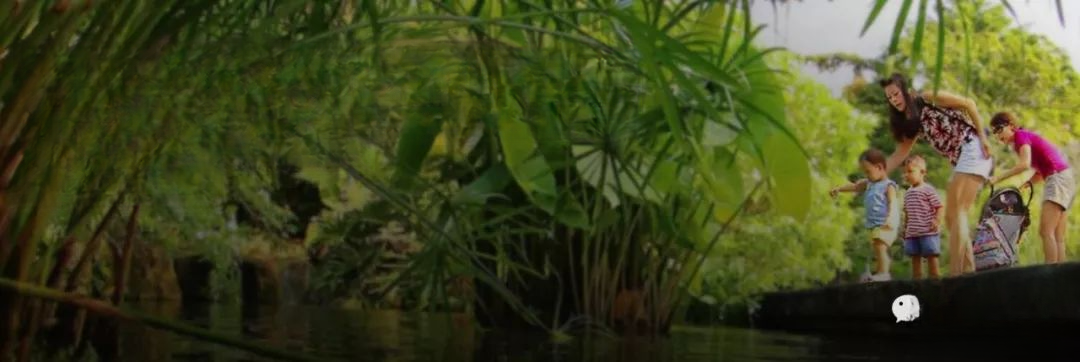
The Singapore Botanic Gardens is Singapore’s first World Cultural Heritage site to be listed on the UNESCO list, the first tropical garden in the world to receive this honor, and the third botanical garden to be inscribed on the World Cultural Heritage list.
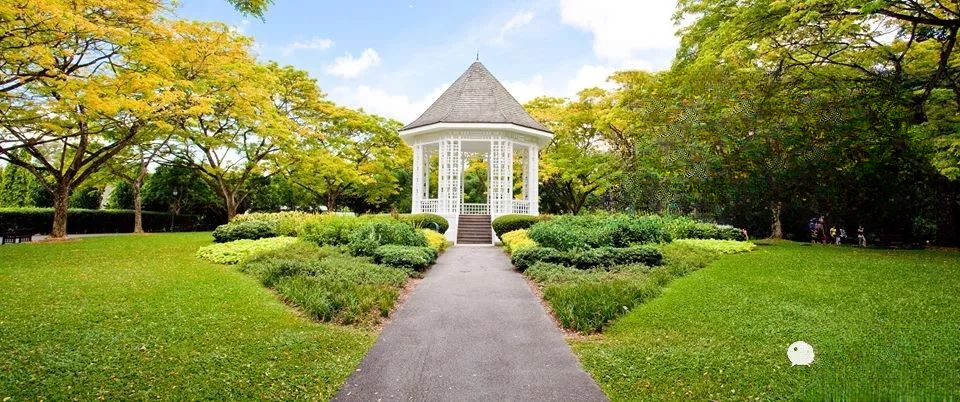
The Singapore Botanic Gardens is famous for its research and collection of tropical plants and horticultural flowers, and is a microcosm of the lush tropical islands.
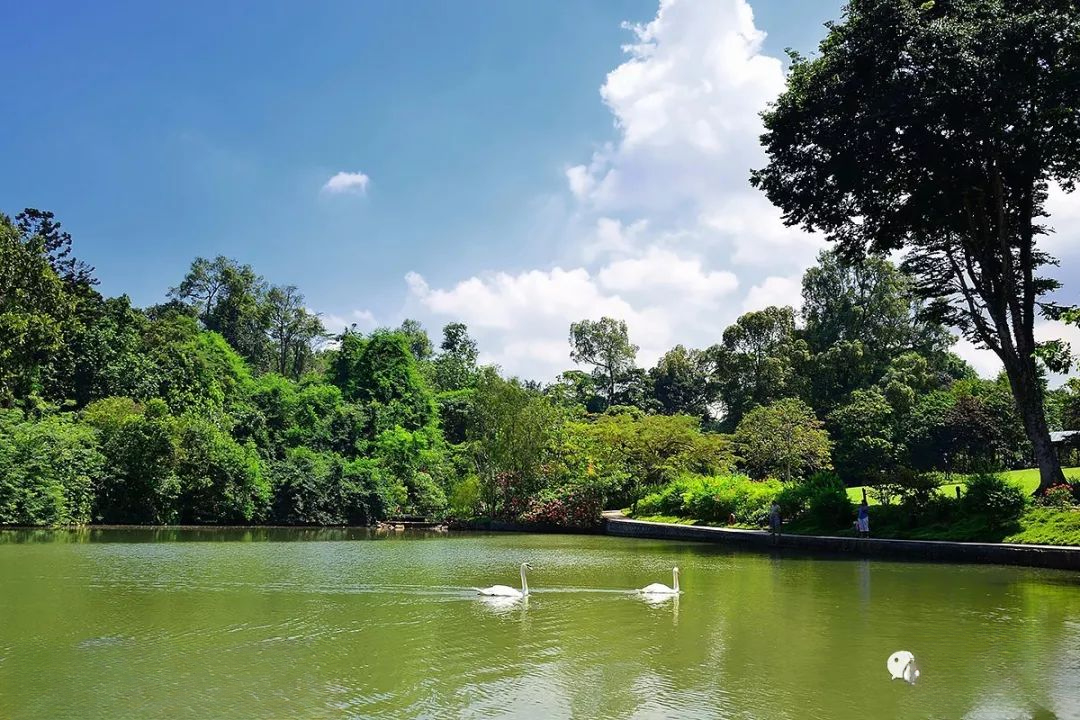
Swan Lake
The park has more than 20,000 subtropical and tropical exotic flowers and precious trees, including many endangered species.
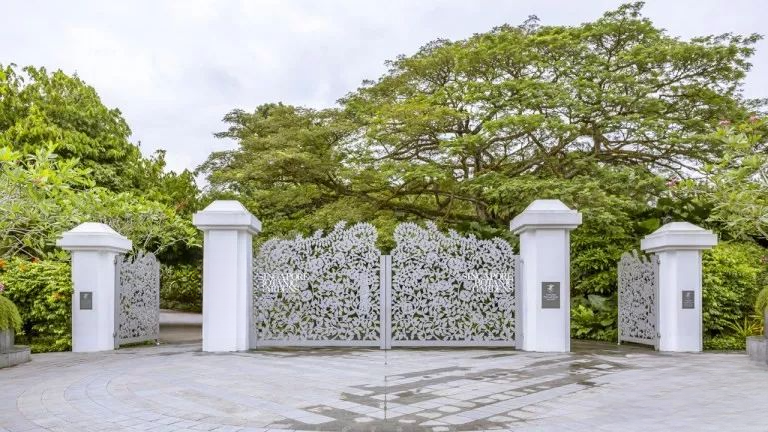
Tanglin Gate
The main attractions include the National Orchid Garden, Tropical Rainforest Garden, Botanical Evolution Garden and Ginger Garden.
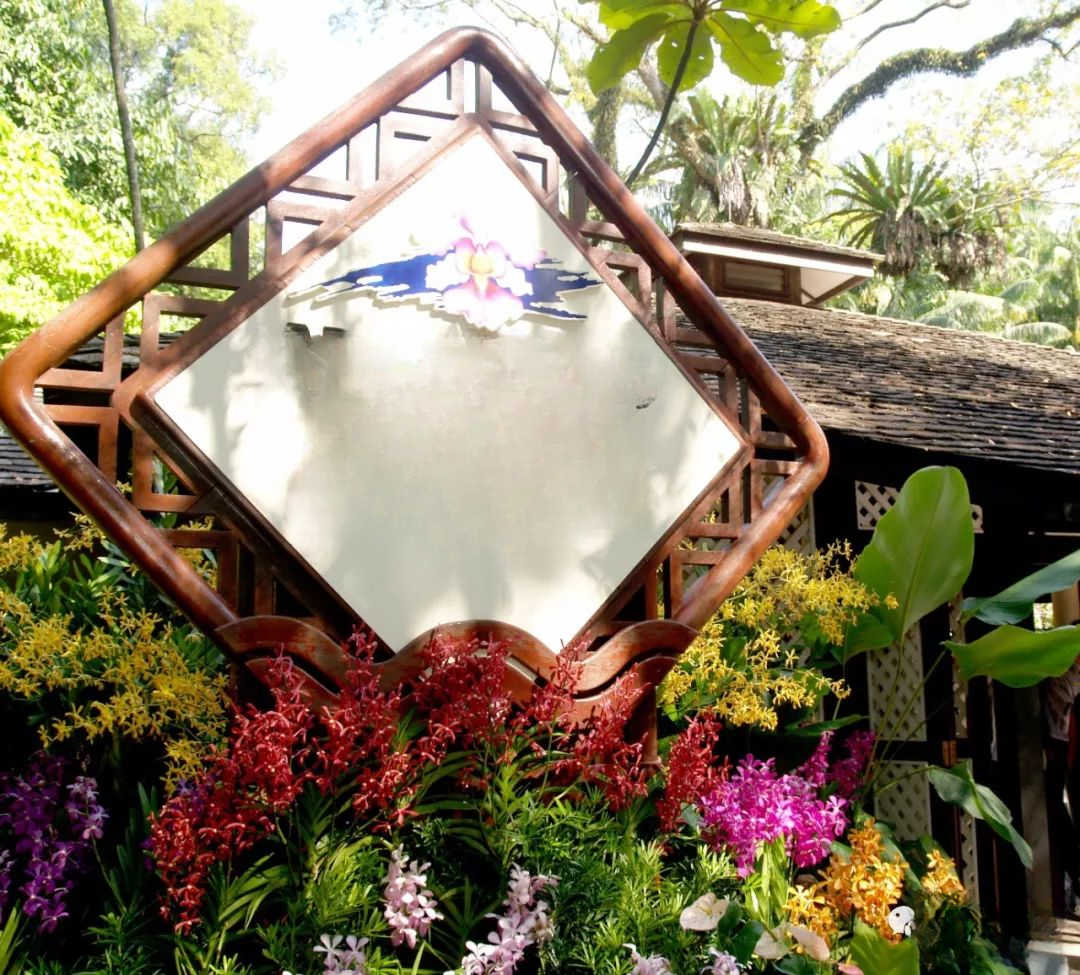
National Orchid Garden
Orchids are the most distinctive and attractive plants in the Singapore Botanic Gardens. Since 1928, the Singapore Botanic Gardens has begun research on ornamental plants, especially orchids and their breeding, making Singapore a world leader in orchid exports.
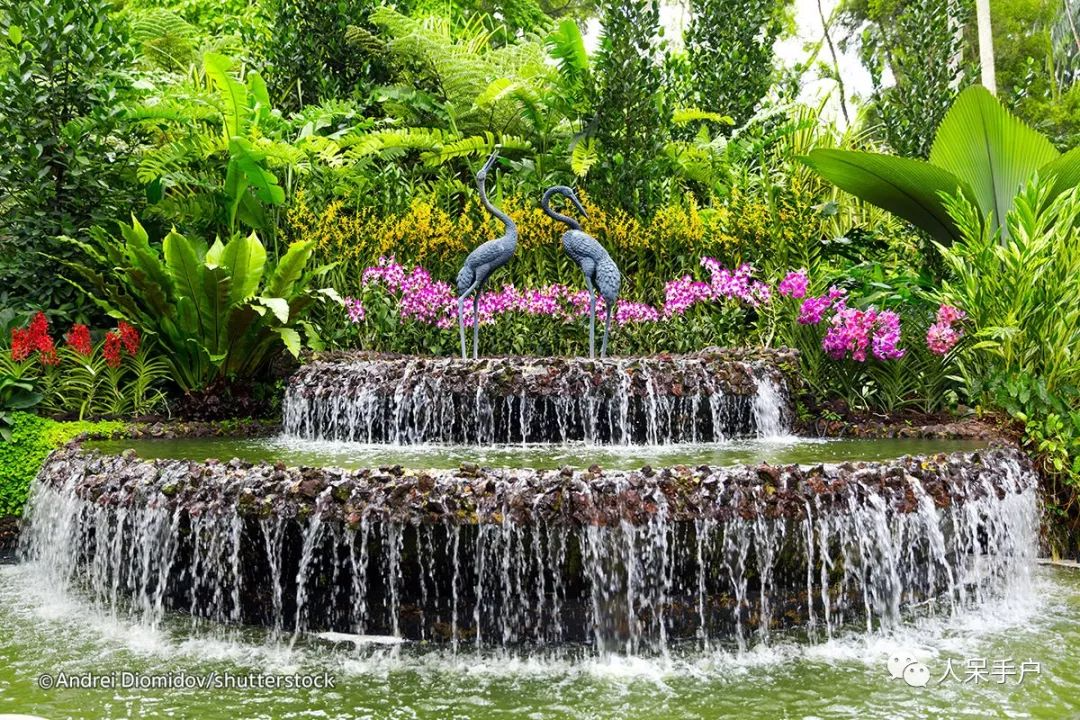
The National Orchid Garden is the only paid attraction in the Singapore Botanic Gardens. It houses a large number of rare orchid species, including the Vanda Miss Joaquim, which is known as Singapore's "national flower."
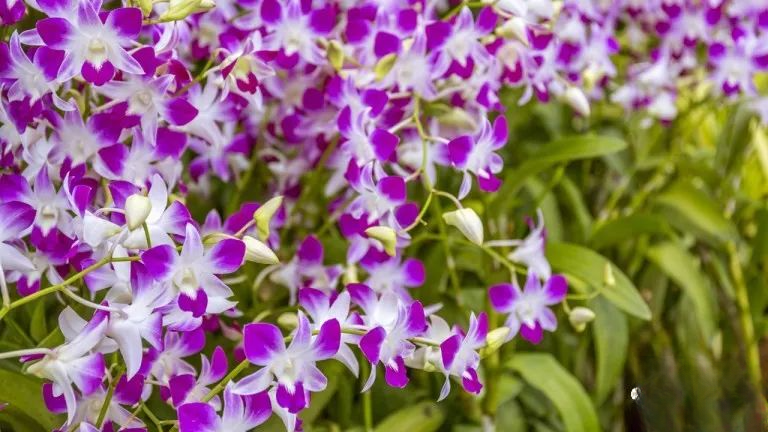
Singapore's national flower
There are more than 400 purebred and 2,000 hybrid orchids in the park, totaling more than 60,000 plants.
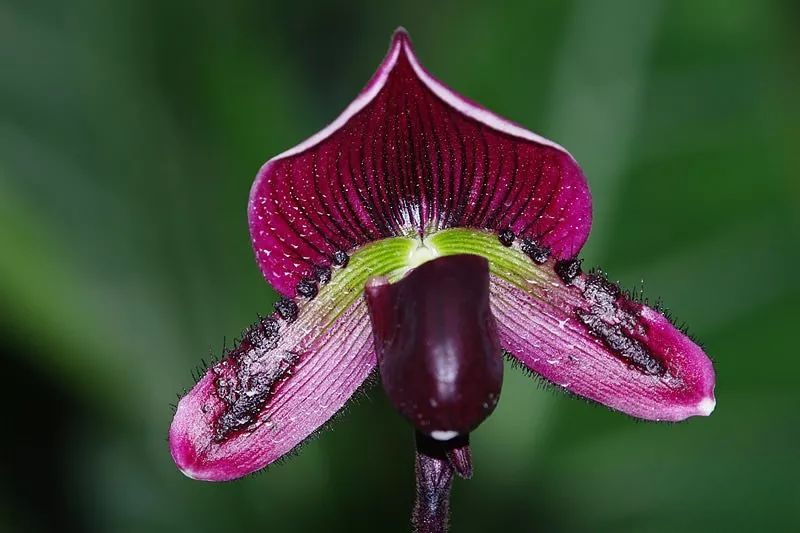
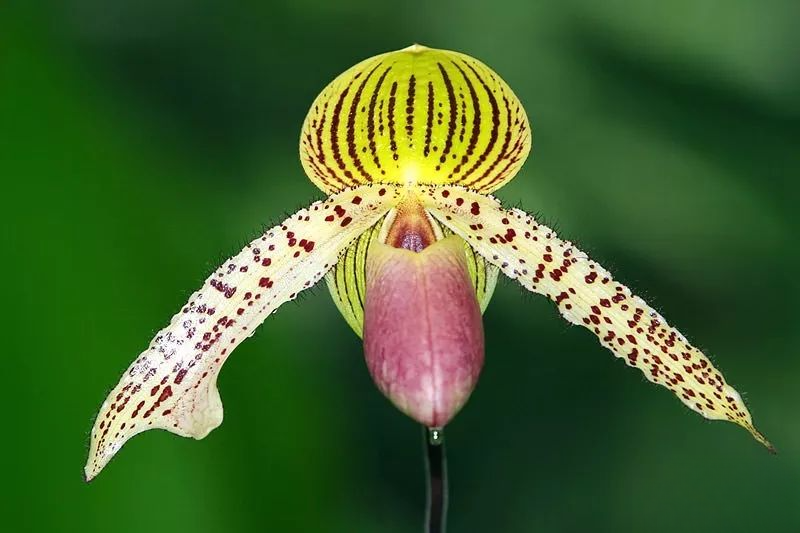
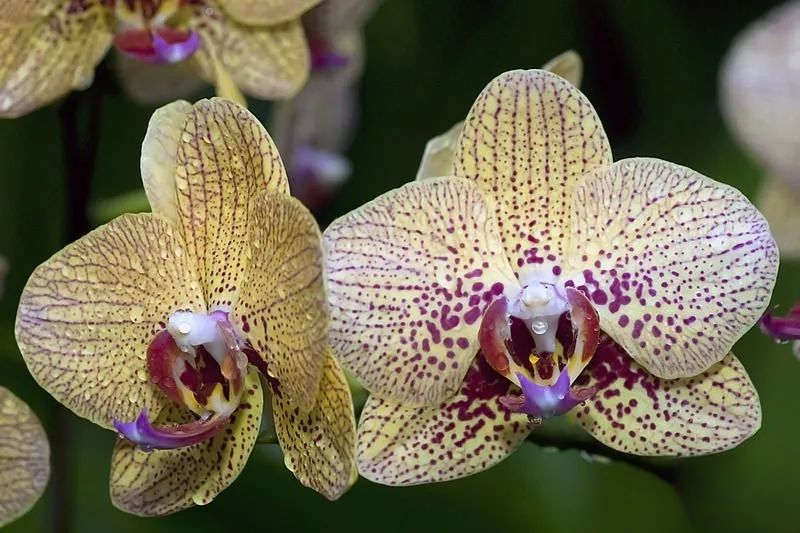
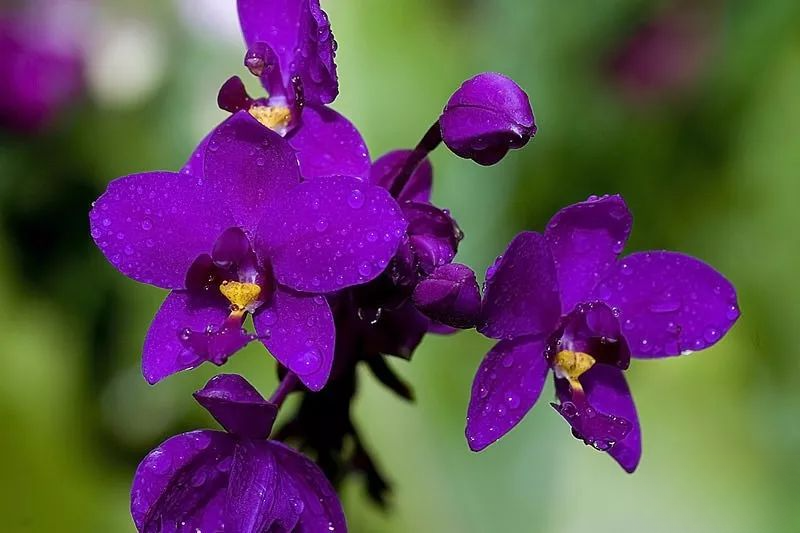
The newly cultivated “ diplomatic orchid” has also become Singapore’s special diplomatic courtesy.
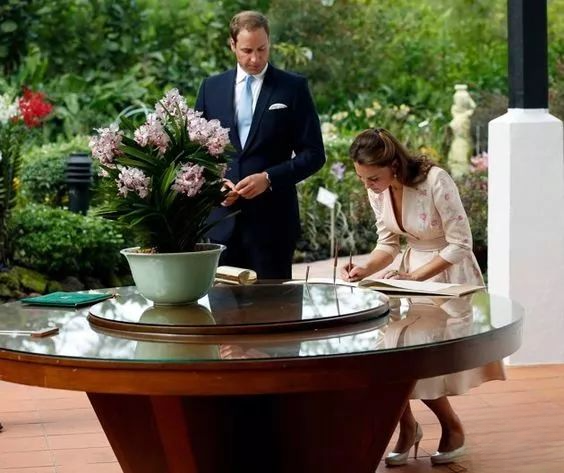
Vanda orchid named after William and Kate
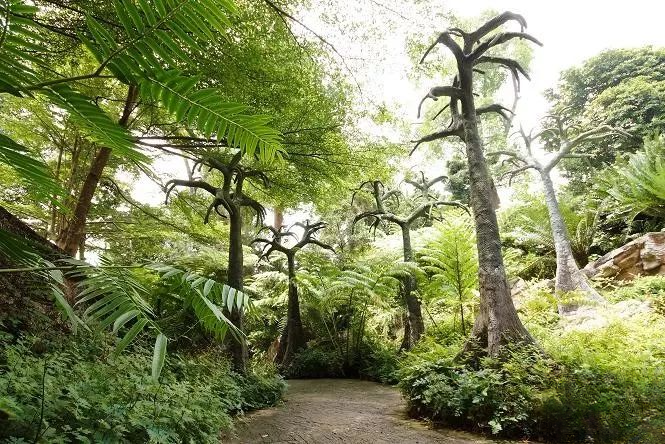
Evolution Garden
The Evolution Garden is located in the east-central part of the Botanical Gardens. This 1.5 hectare garden provides a step-by-step process of plant evolution from the first organisms on Earth. There are magnificent tree ferns and cycads that look like "Jurassic Park".
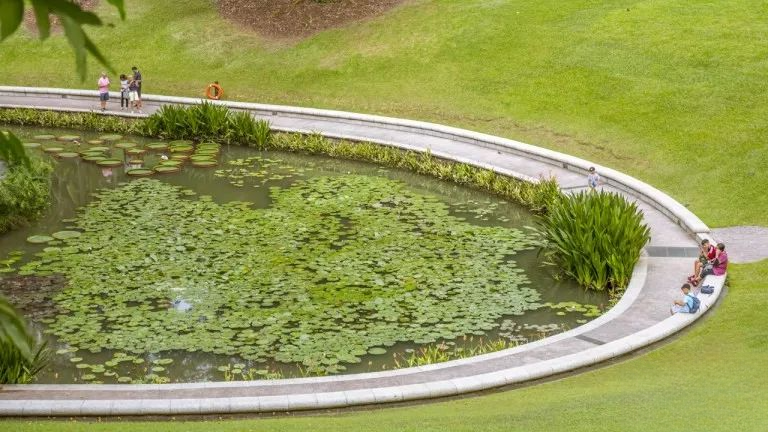
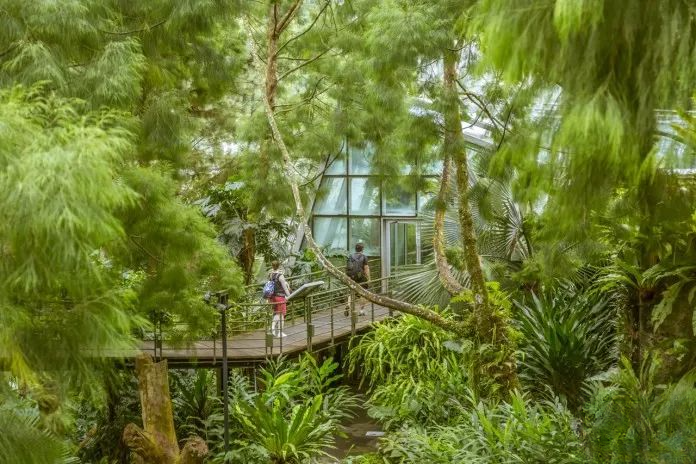
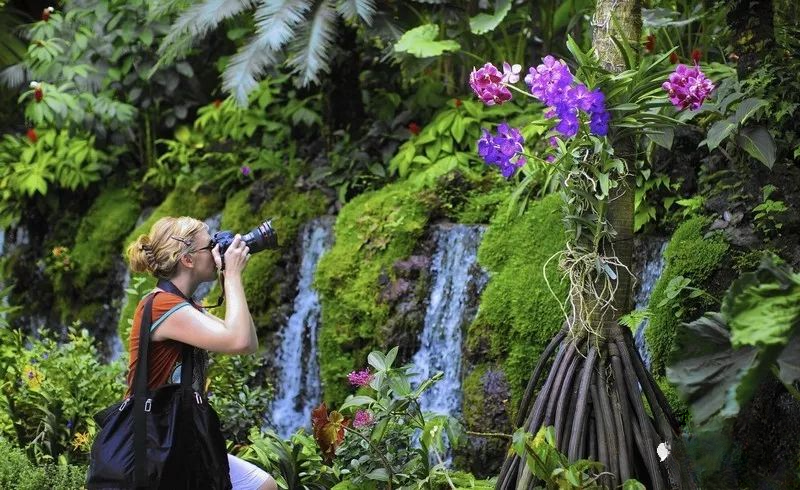
3
{ Brooklyn Botanic Garden }
Brooklyn Botanic Garden
| Basic| Information |
Opening year: 1910
Location: New York, USA
Area: 0.21 km²
Ticket price: Adult ticket $15
| Main| Features |
Cherry Blossom Festival, Exotic Bonsai
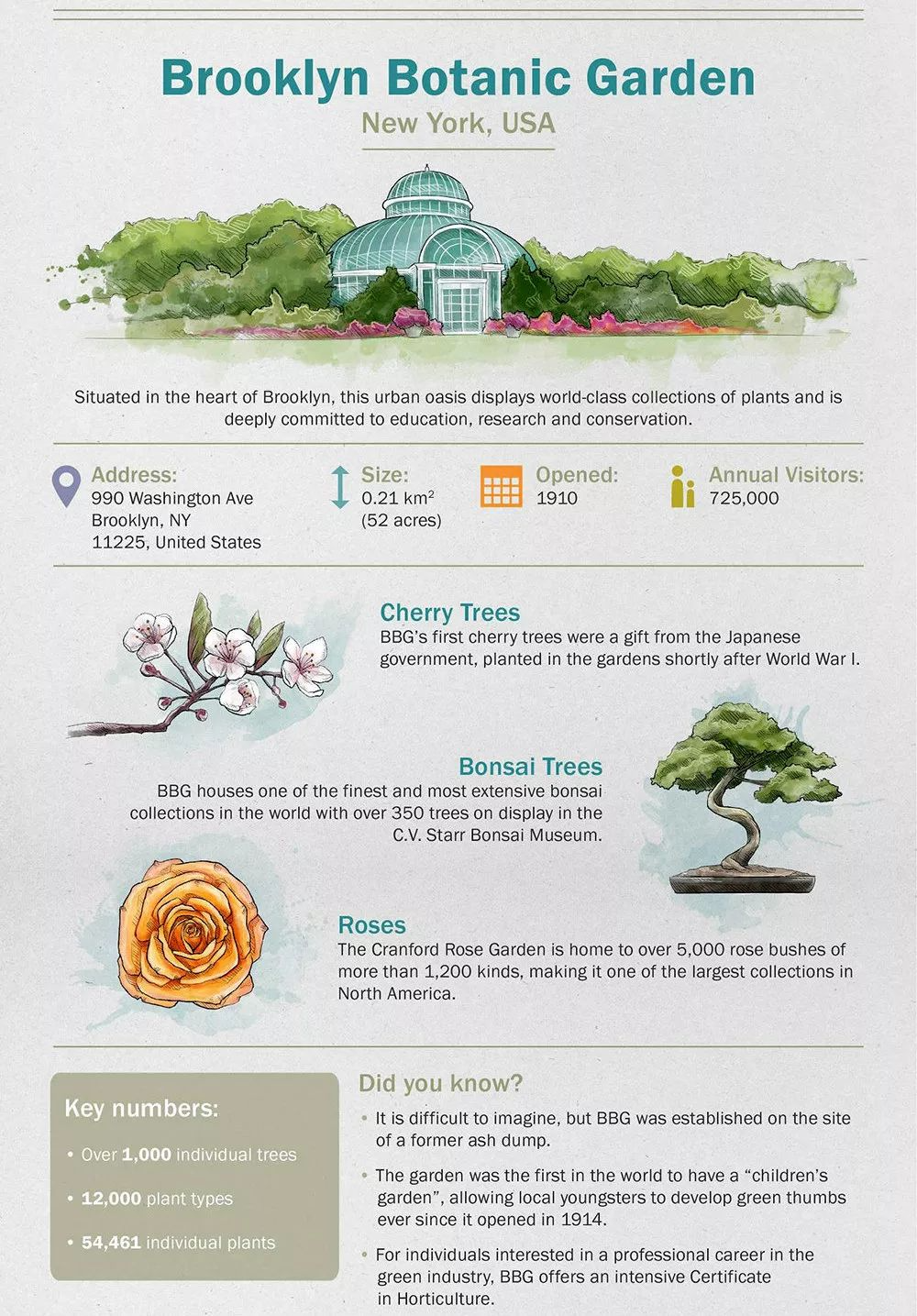
Official website: www.bbg.org
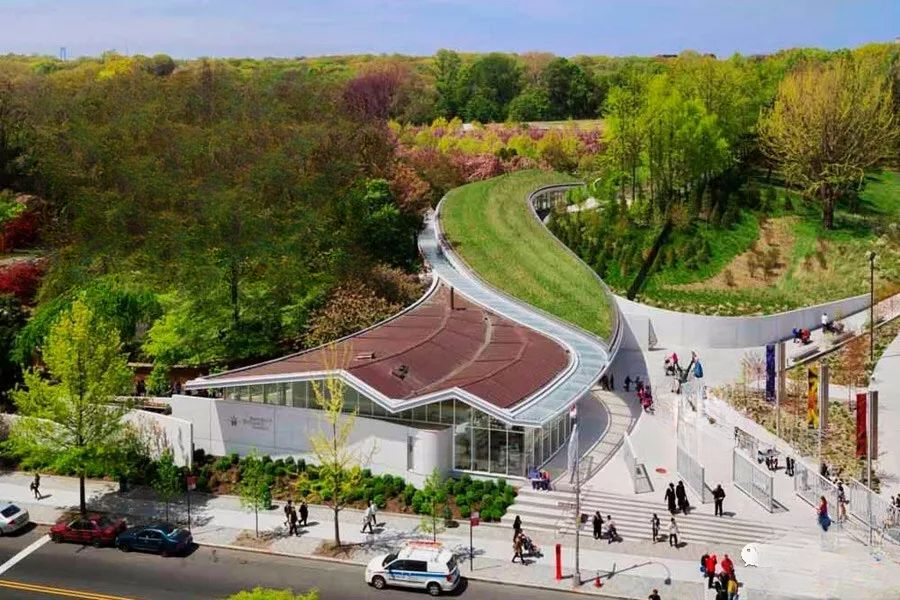
The Brooklyn Botanic Garden was built in the late 19th century. Although it is small in size, it is a model among many American botanical gardens and one of the most popular botanical gardens in New York. It was praised by the New York Times as "the premier garden scenic spot in the region".
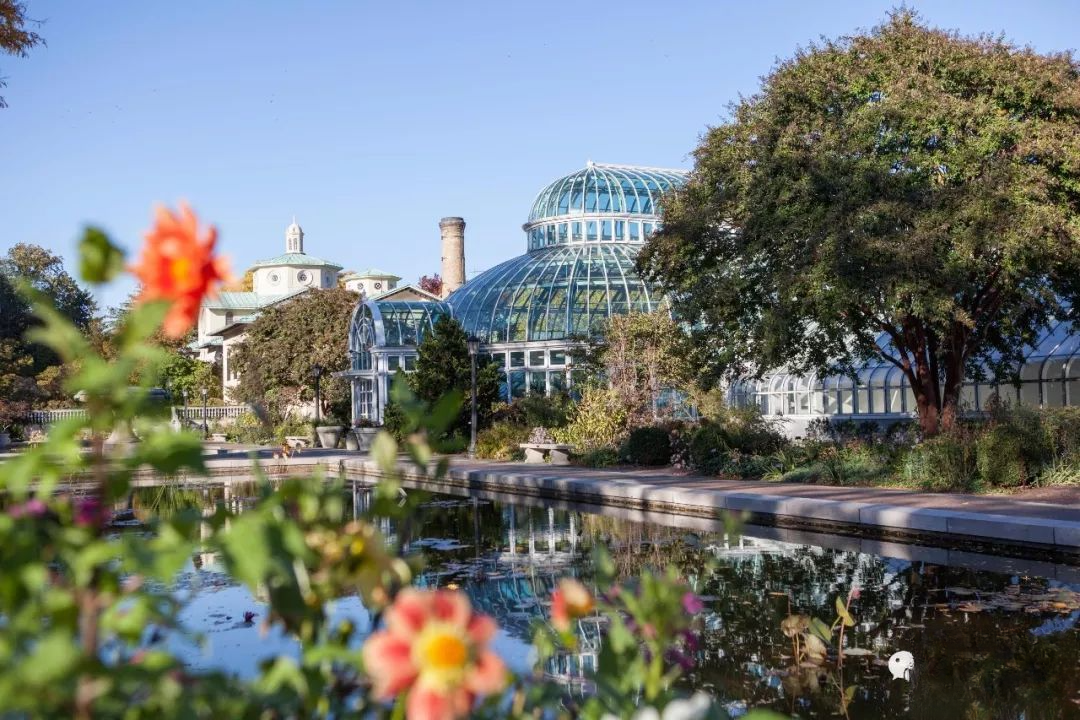
The Brooklyn Botanic Garden has flowers blooming all year round, and is famous for its annual Cherry Blossom Festival. On the official website of the botanical garden, there is also a feature called "Cherry Blossom Watch" that allows visitors to track the growth of each cherry tree.
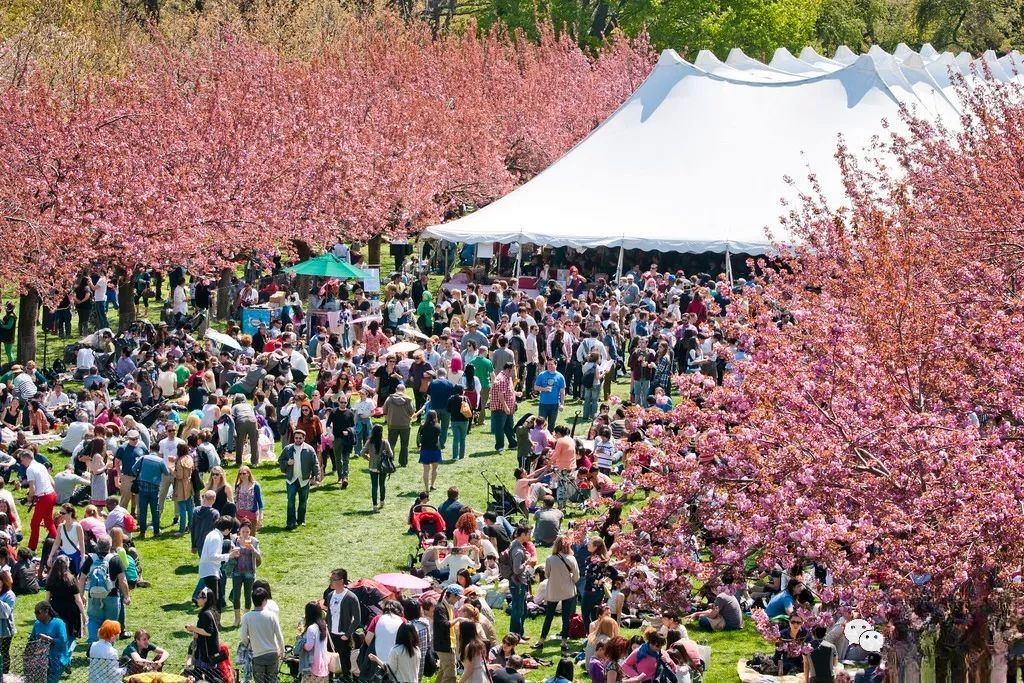
Cherry Blossom Festival
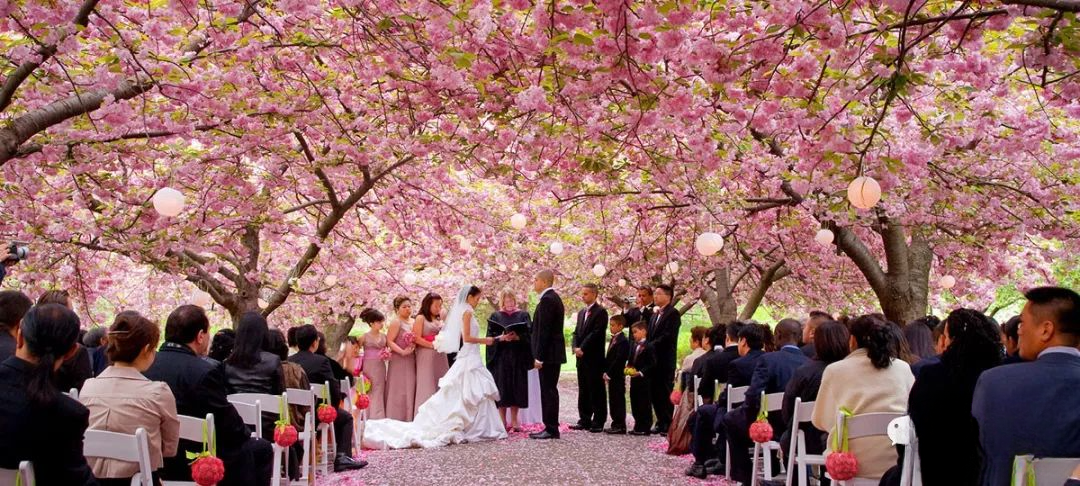
The Brooklyn Botanic Garden also has a prestigious Japanese garden, which is the earliest Japanese garden open to the public in the United States.
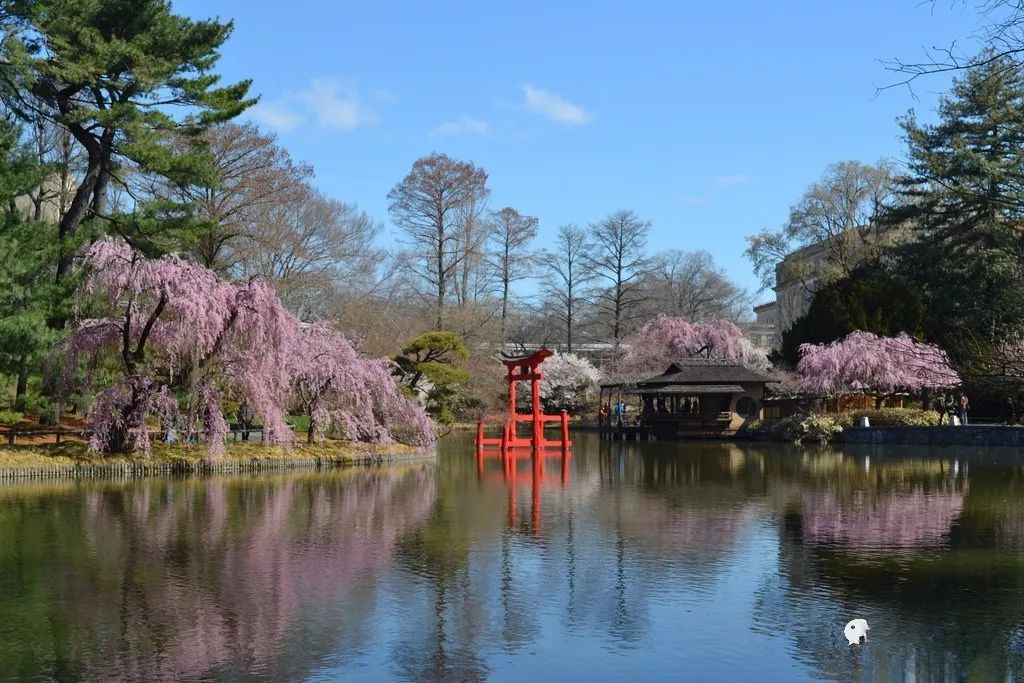
Japanese Garden
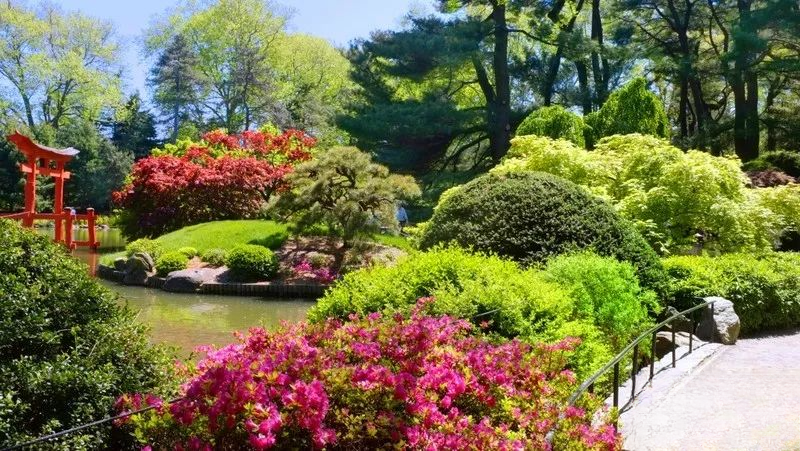
Japanese Garden
The fragrant Glenford Rose Garden has been one of the most popular attractions at the Brooklyn Botanic Garden since it first opened in 1928. Every June, when the roses are in bloom, the garden is packed with people admiring the charming roses.
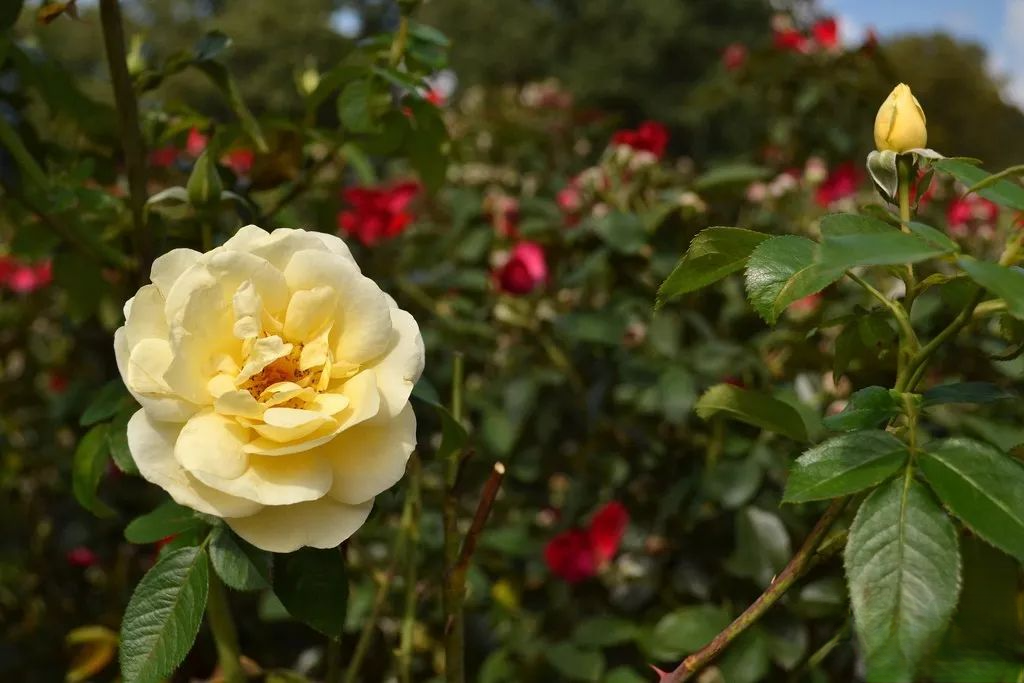
Cranford Rose Garden
Glanford Rose Garden has over a thousand varieties of roses.
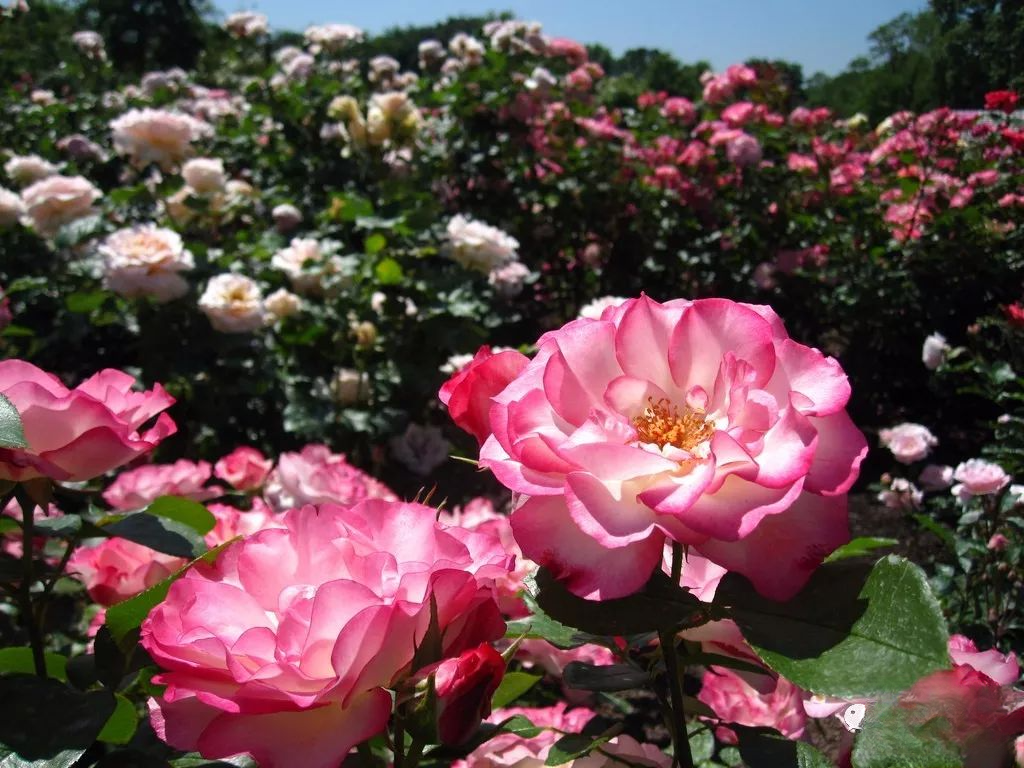
Cranford Rose Garden
Every blade of grass and every tree in the garden is a beautiful sight.
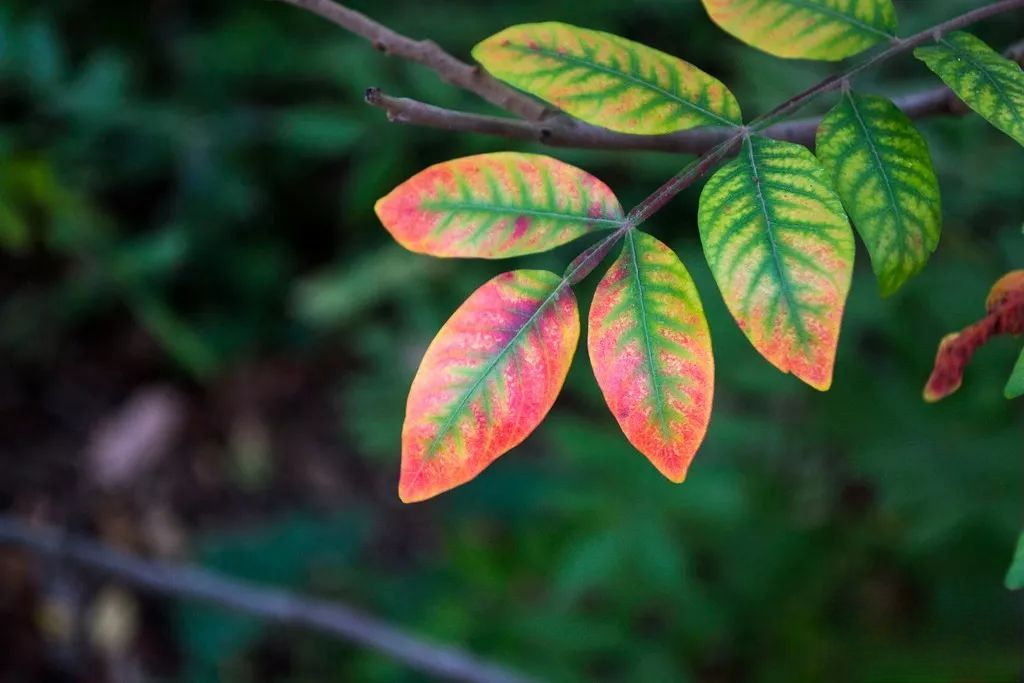
Rhus copallinum

Rhus typhina
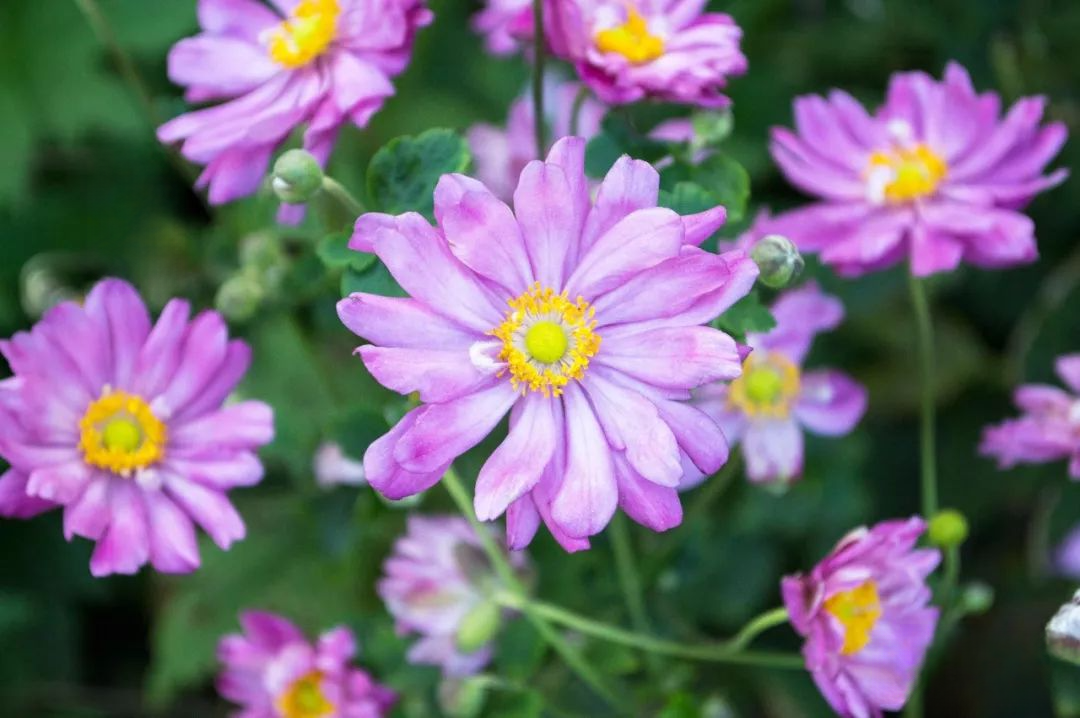
Anemone hupehensis
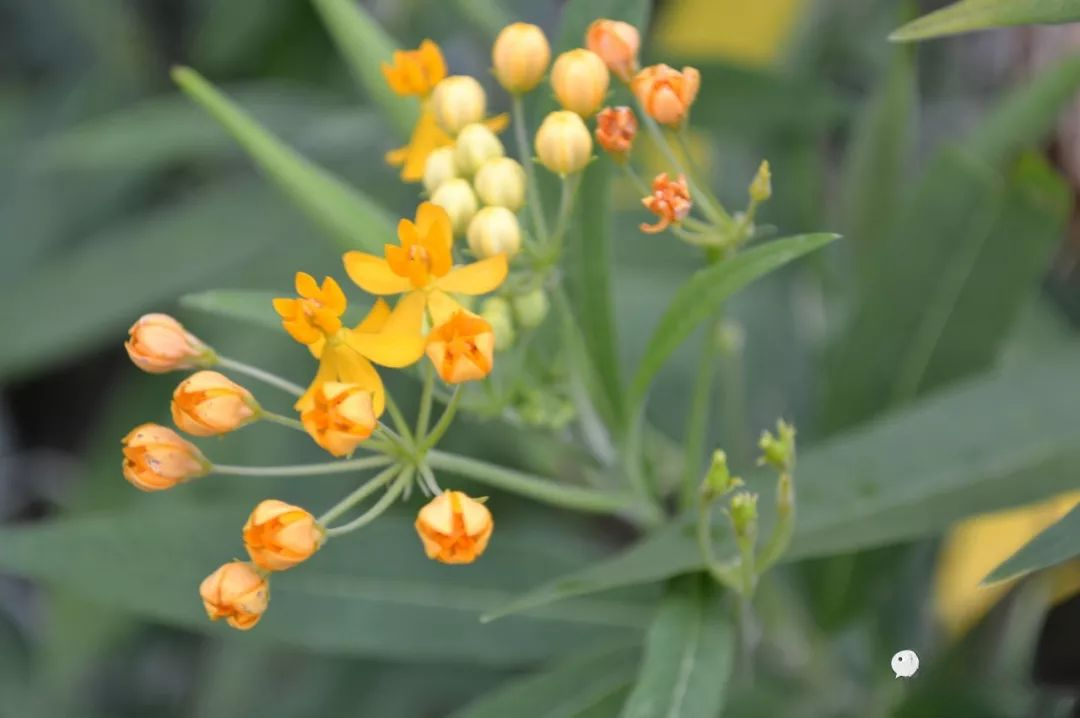
Milkweed
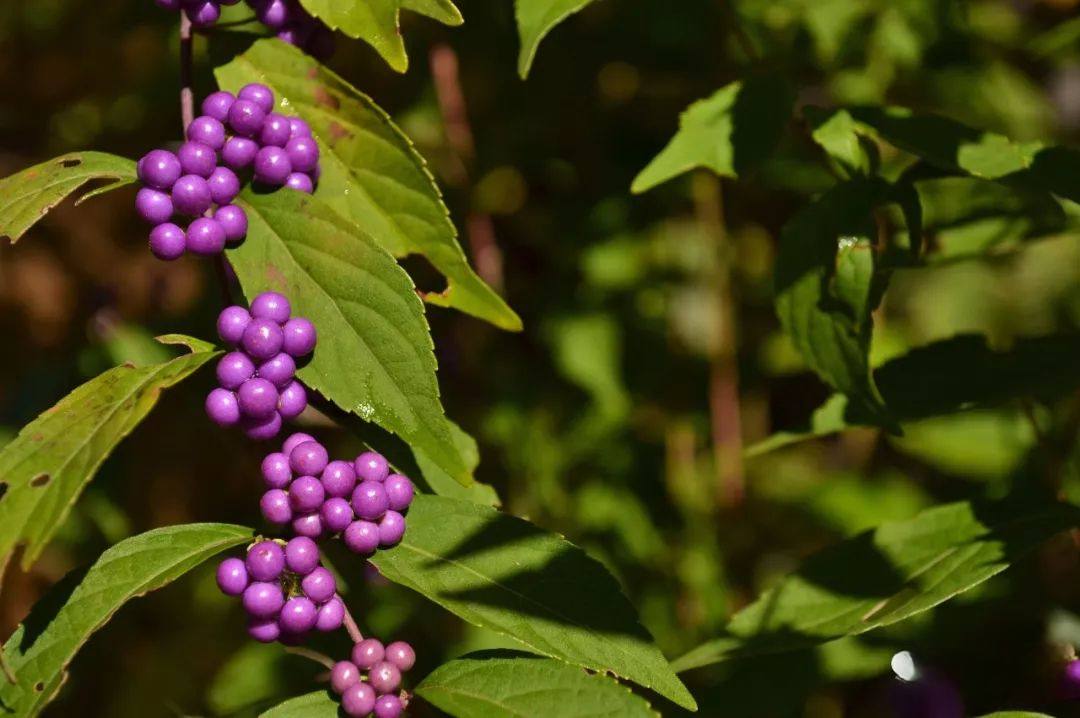
Callicarpa dichotoma
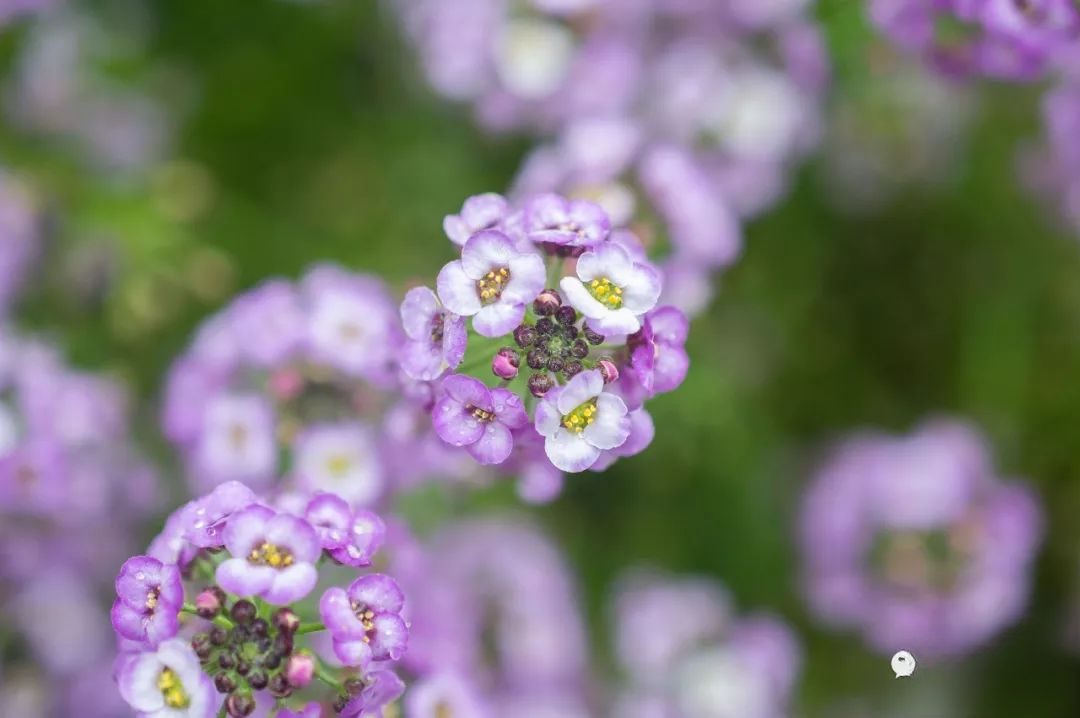
Lobularia maritima
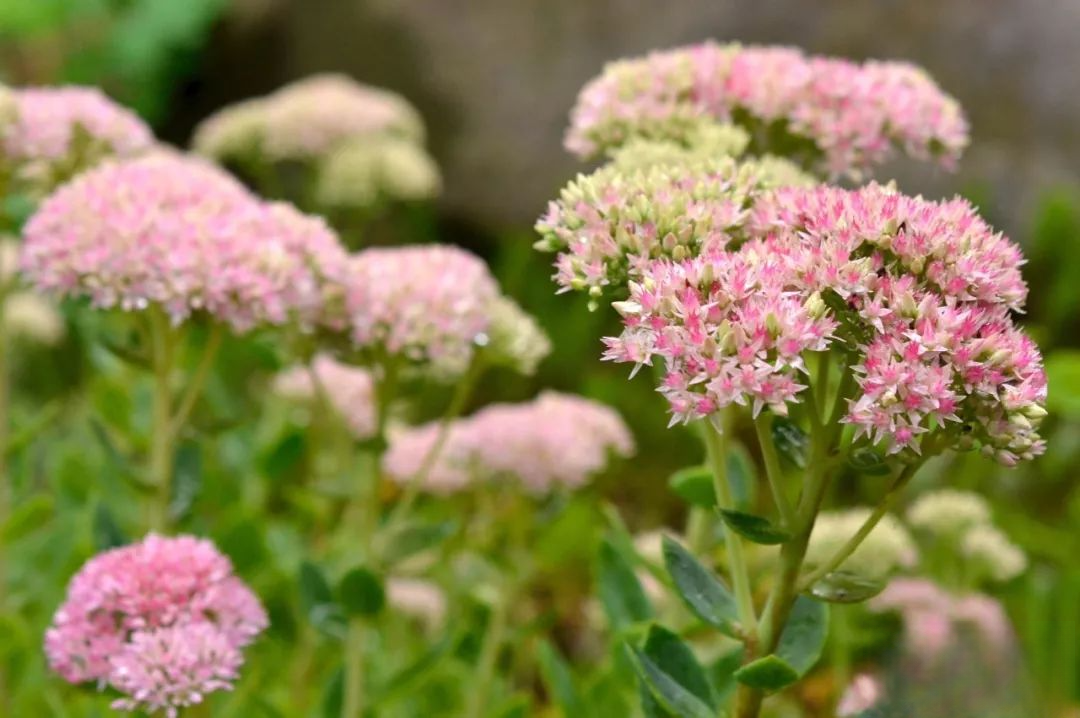
Spectacular plant
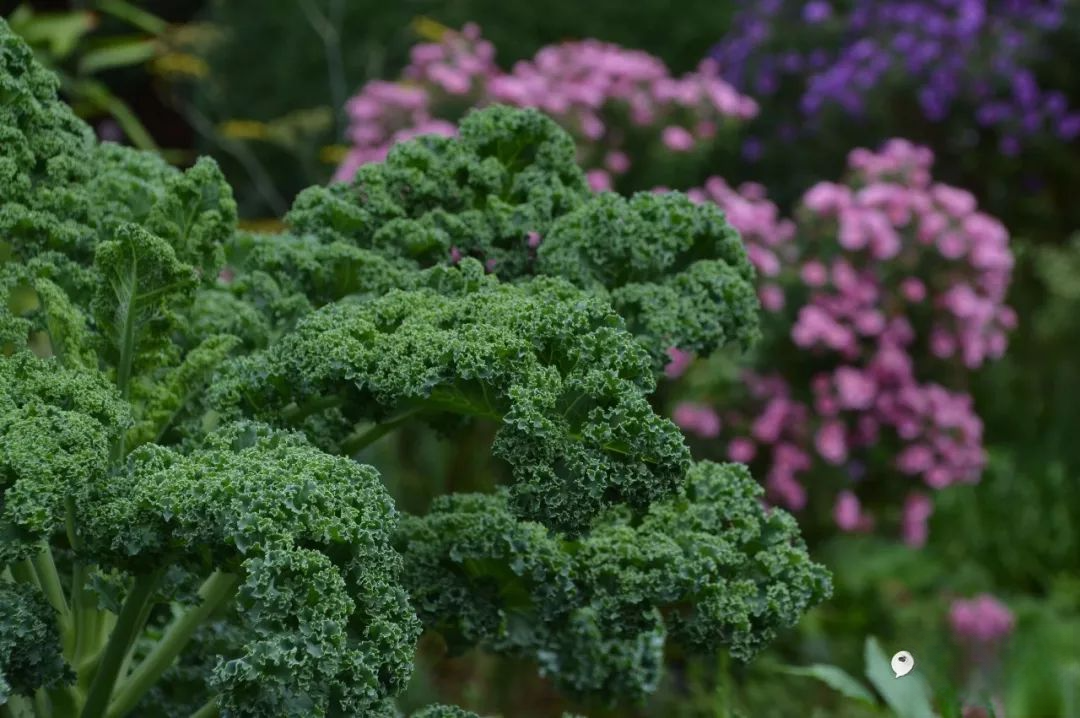
Brassica oleracea
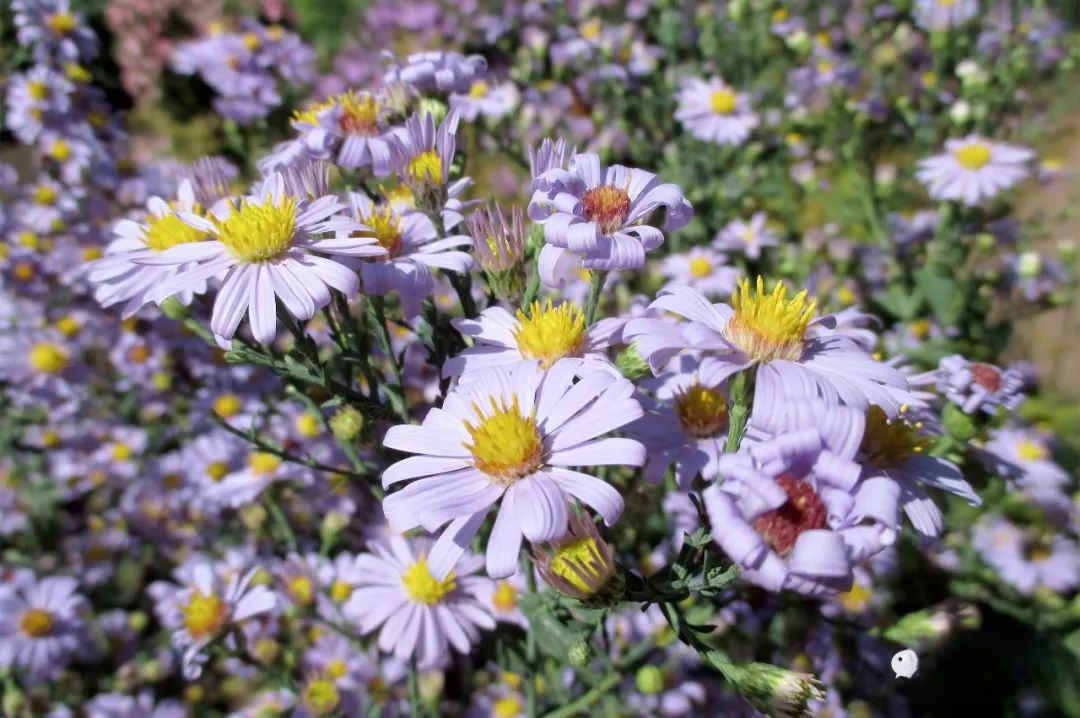
Aster laevis
In addition, the world-famous CV Starr Bonsai Museum is located in the Steinhard Conservatory in the Brooklyn Botanic Garden . The bonsai in the museum are mainly conifers, but also some miscellaneous wood bonsai, such as maple and Japanese maple. Some of the works are from the hands of the late famous bonsai master Yoshimura Yuji.
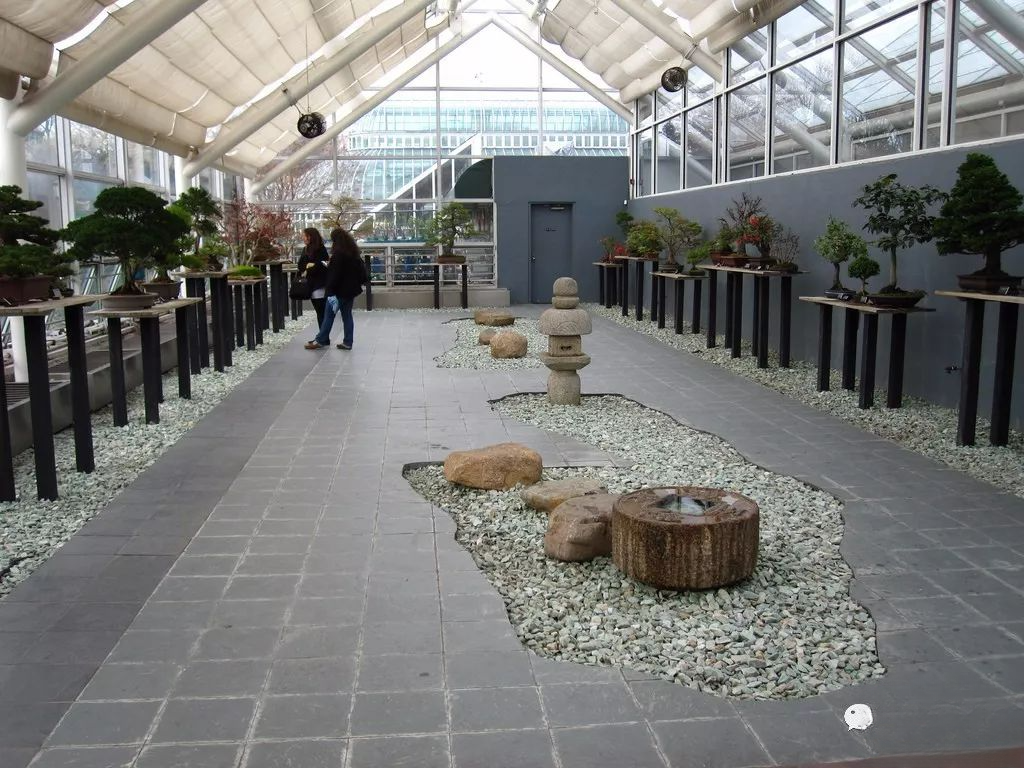
CV Starr Bonsai Museum
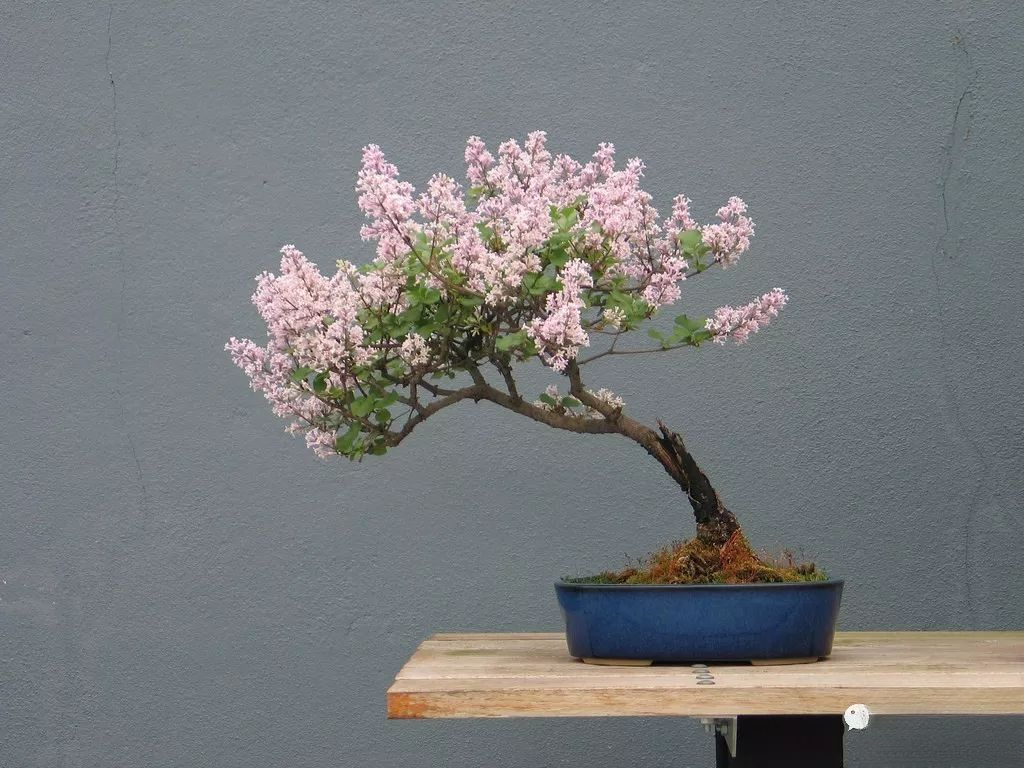
clove
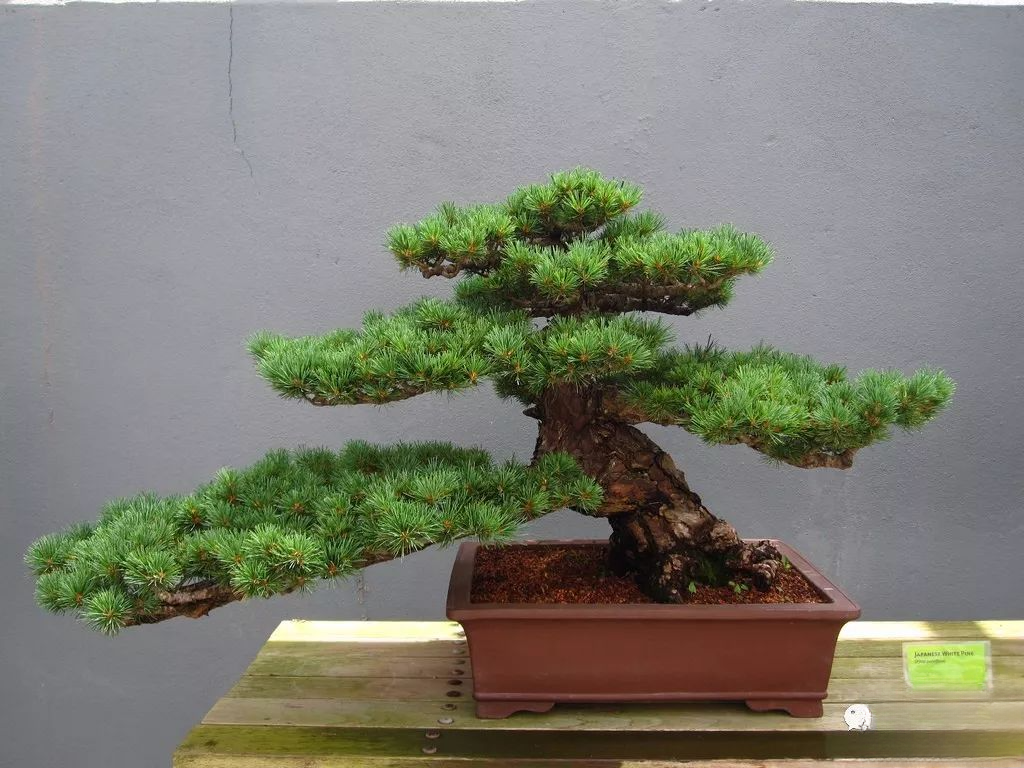
110-year-old Japanese white pine
4
{ Kirstenbosch National Botanical Garden }
Kirstenbosch National Botanical Gardens
South African Gem
| Basic| Information |
Opening year: 1913
Location: Cape Town, South Africa
Area: 5.2 km²
| Main| Features |
4000 species of Cape Peninsula plants
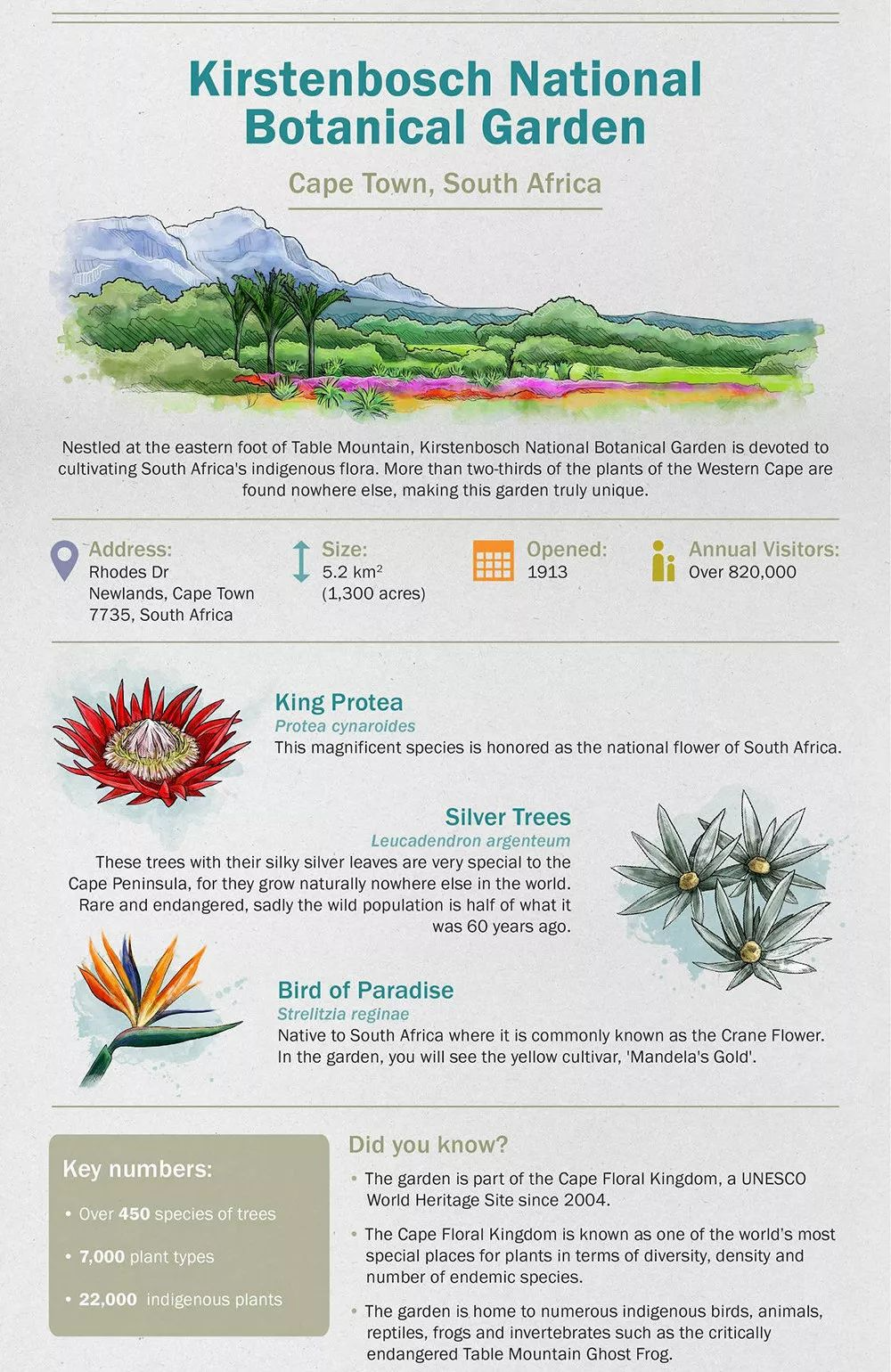
Official Website:
www.sanbi.org/gardens/kirstenbosch
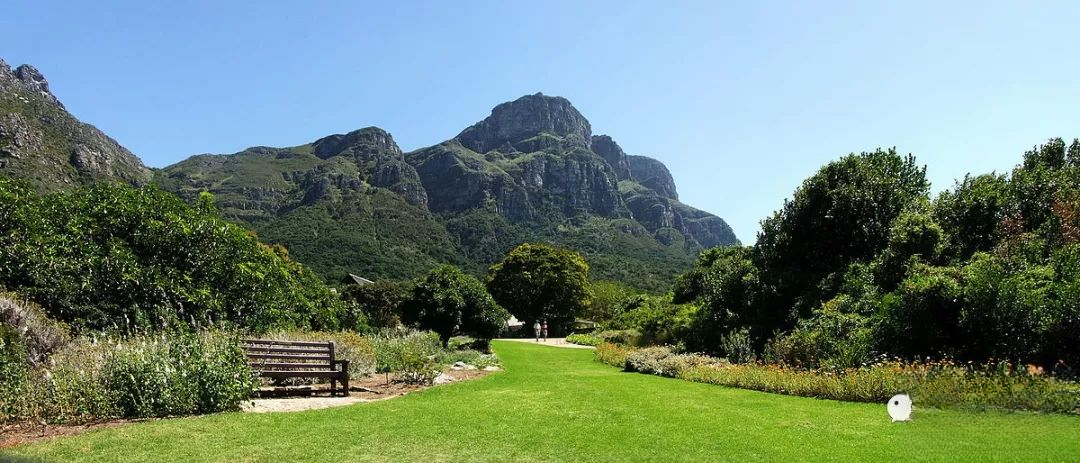
The Kirstenbosch National Botanical Gardens in South Africa is known as one of the best botanical gardens in the world. Mandela, the first president of South Africa, once described it as "a gift from the South African people to the earth."
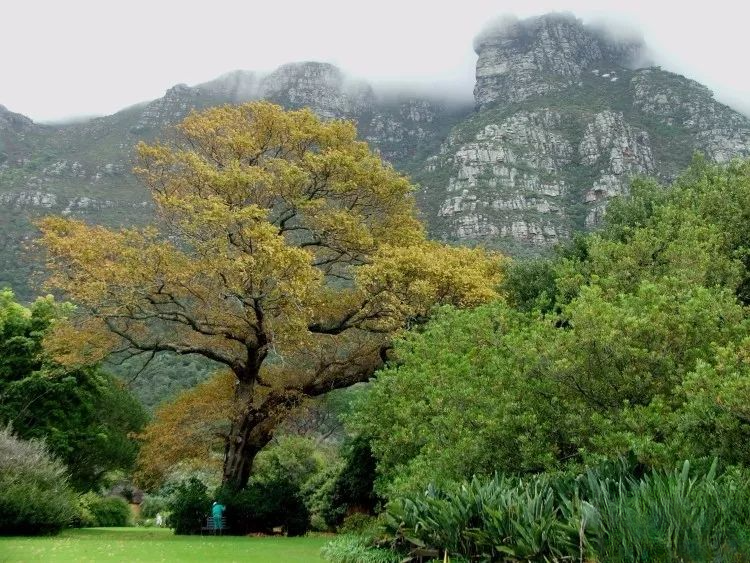
The Kirstenbosch National Botanical Gardens in South Africa is located in a nature reserve on the eastern foothills of Cape Town, South Africa . The main vegetation of the reserve is natural forest and alpine sclerophyll communities, and it is also home to a large number of wild mammals and birds.
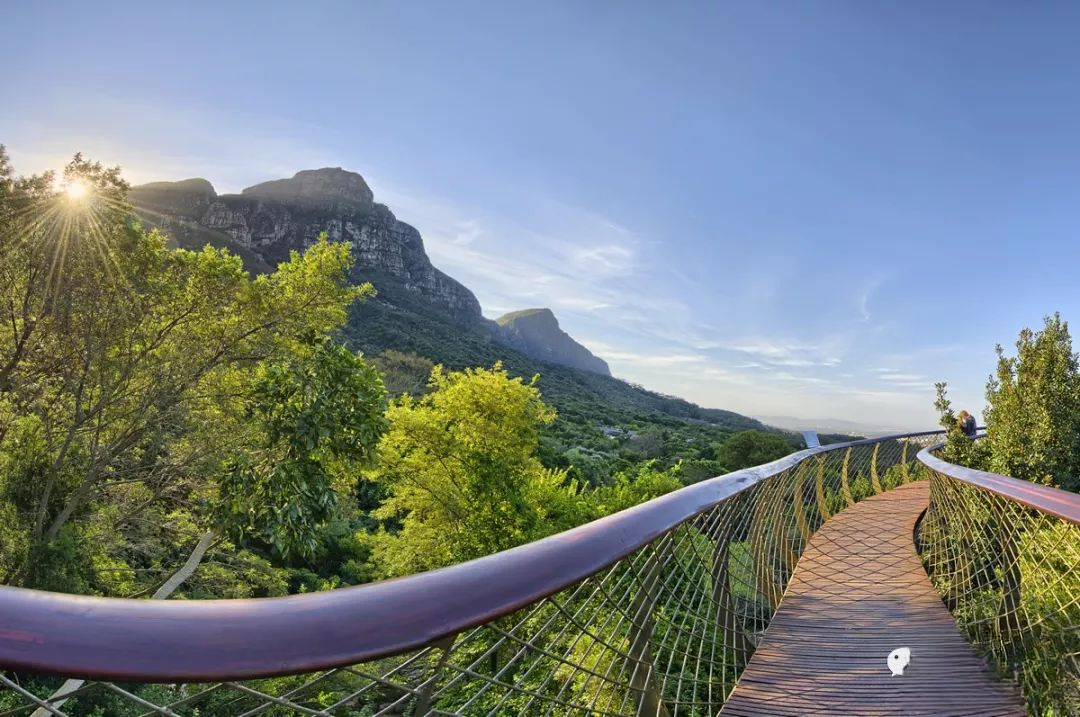
The Botanical Garden has a 12-meter-high and 130-meter-long pedestrian bridge, known as the "African Tree Snake" or "Tree Canopy Corridor". Walking on it, you can not only experience the wonderful feeling of being in the air, but also appreciate the unique ecological scene of the Botanical Garden.
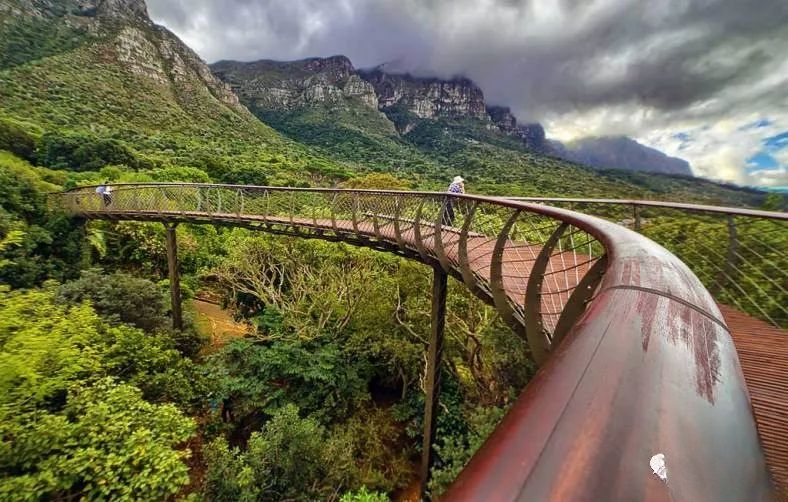
The plants in the garden basically cover the plant groups distributed in South Africa and the endemic species of the Cape region. The most distinctive one is probably the King Protea, the national flower of South Africa.
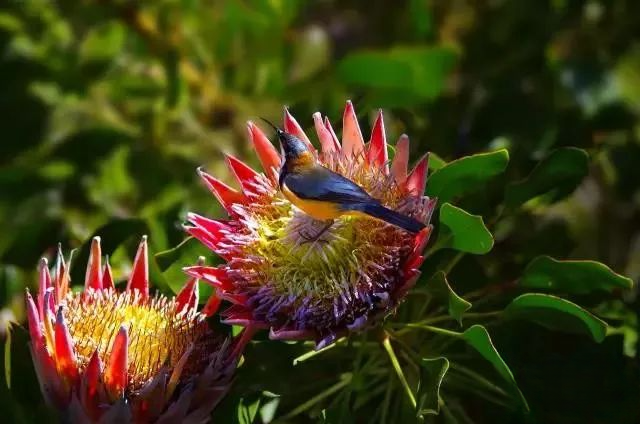
In addition, bird of paradise, pincushion flower and aloe vera will also be eye-opening.
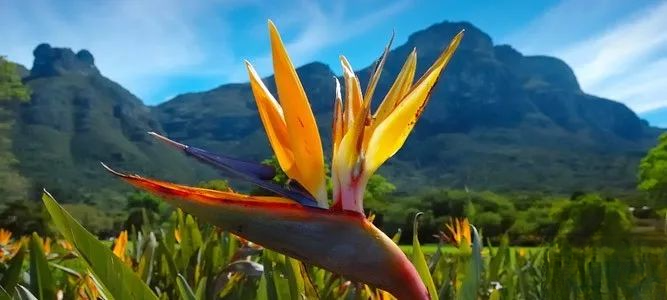
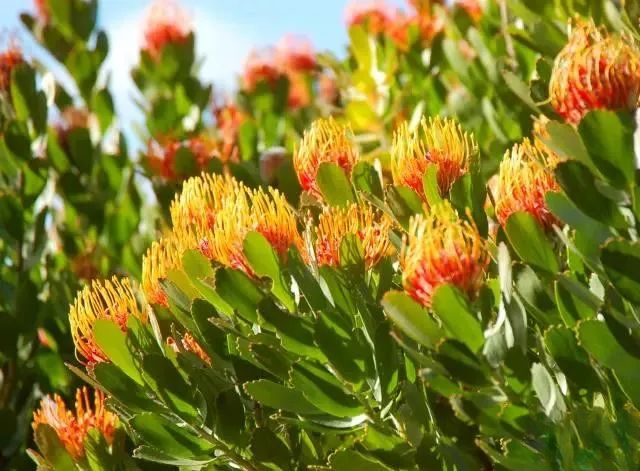
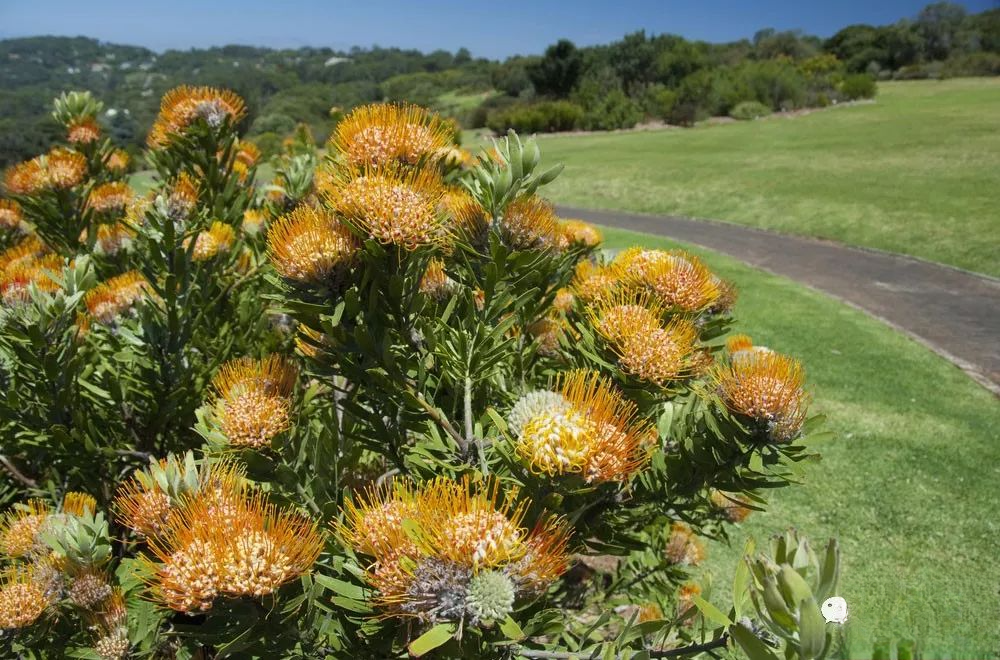
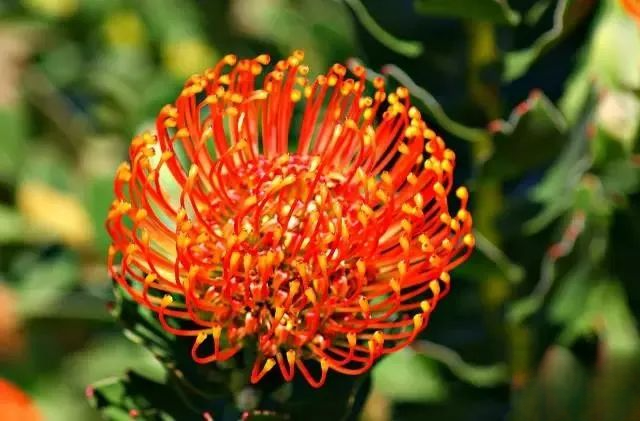
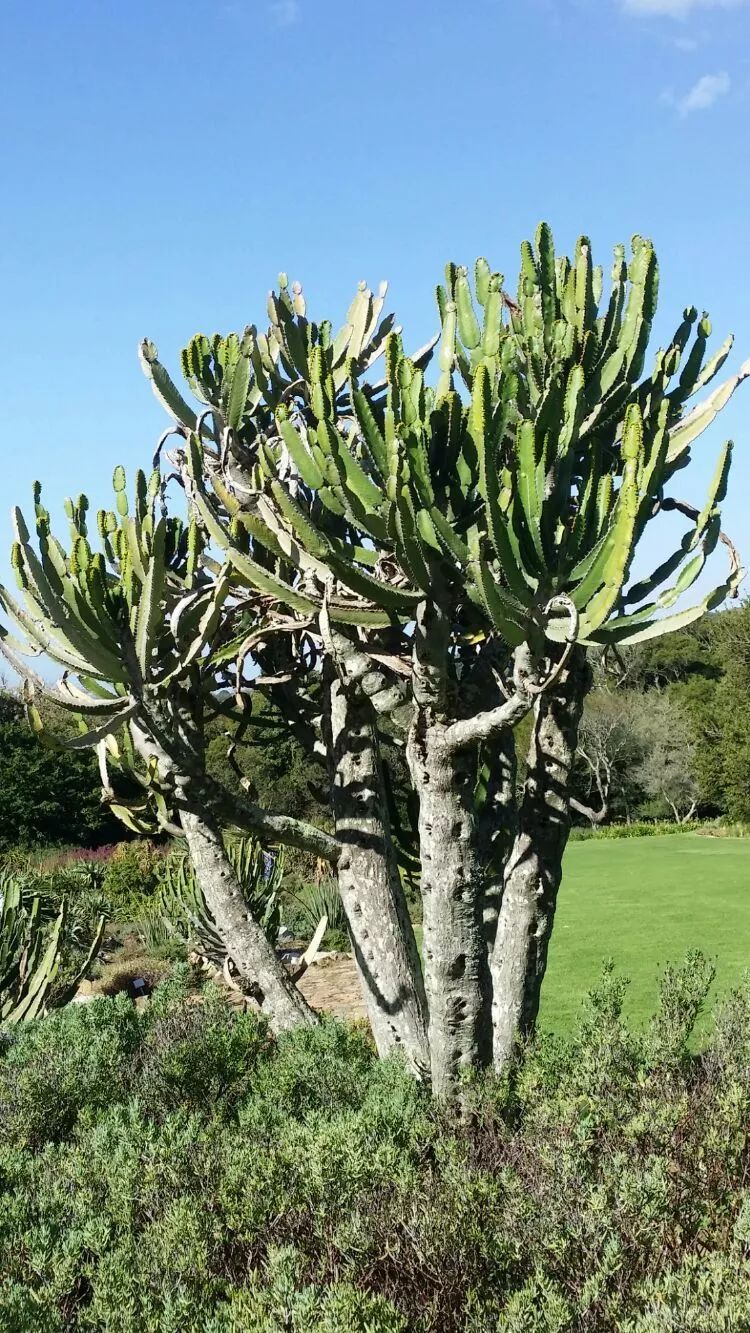
The rare and exotic flowers are dazzling and overwhelming. The Kirstenbosch National Botanical Garden, which collects and cultivates 4,000 species of local plants in the Cape Peninsula, has become a place that many plant workers yearn for.
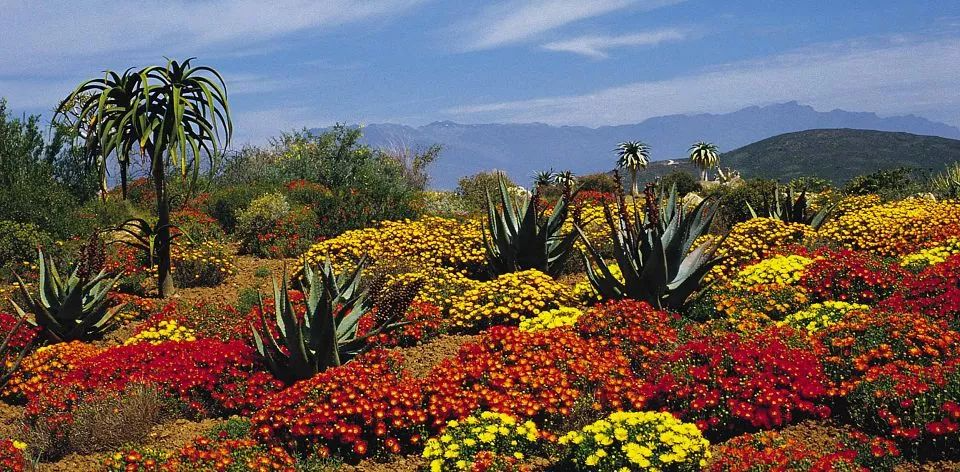
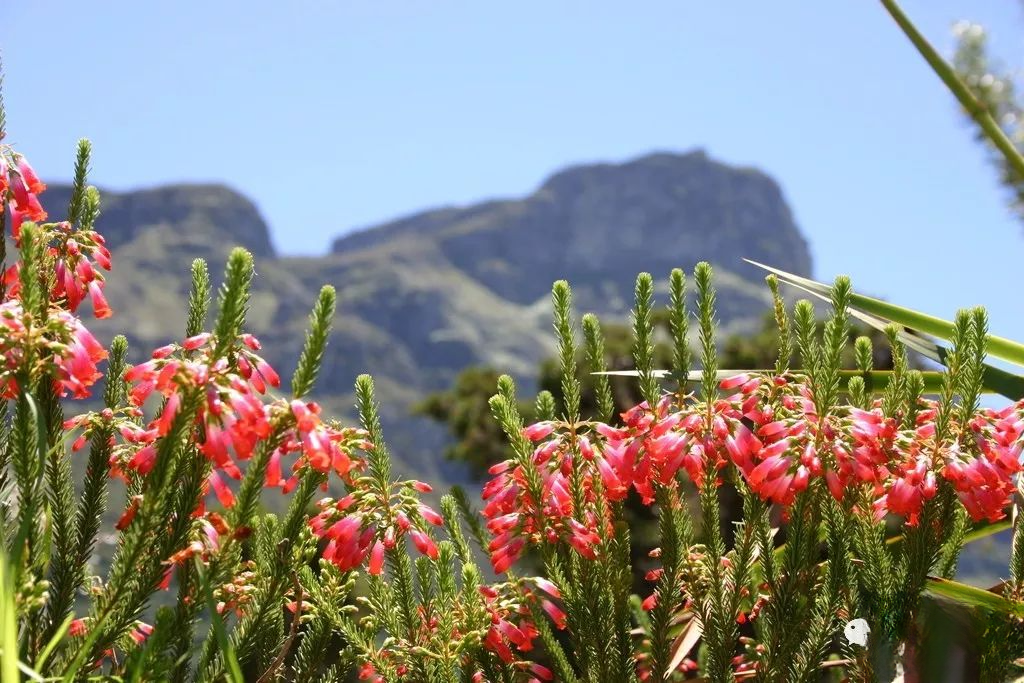
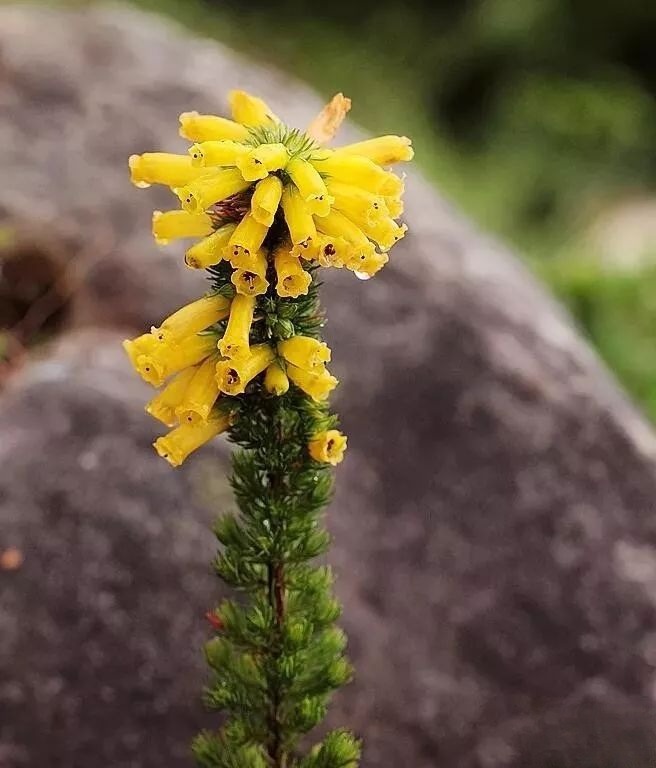
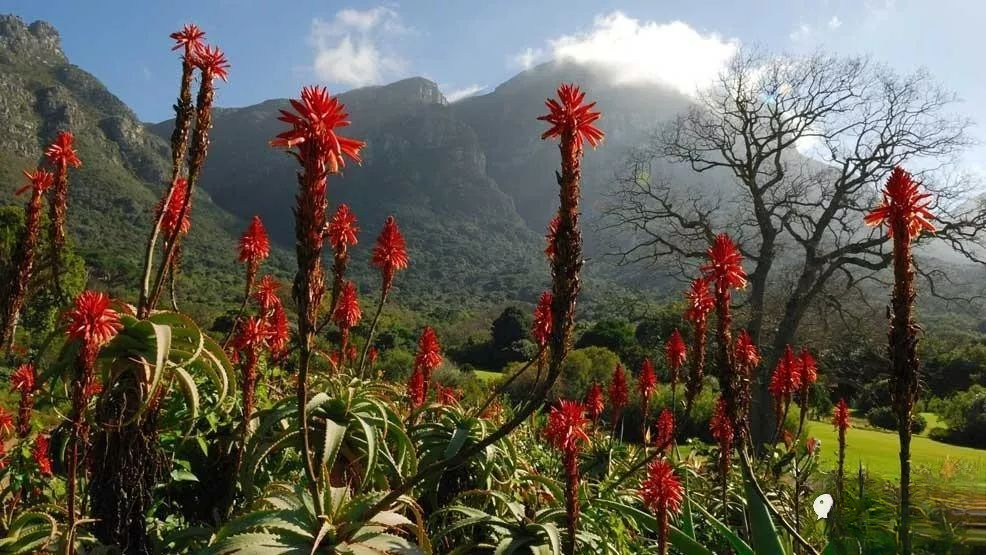
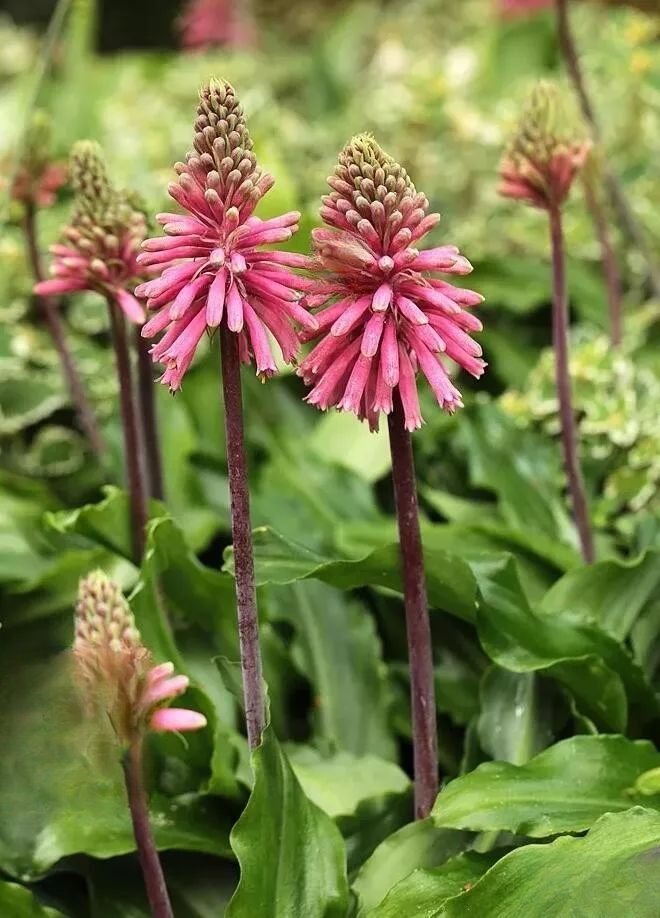
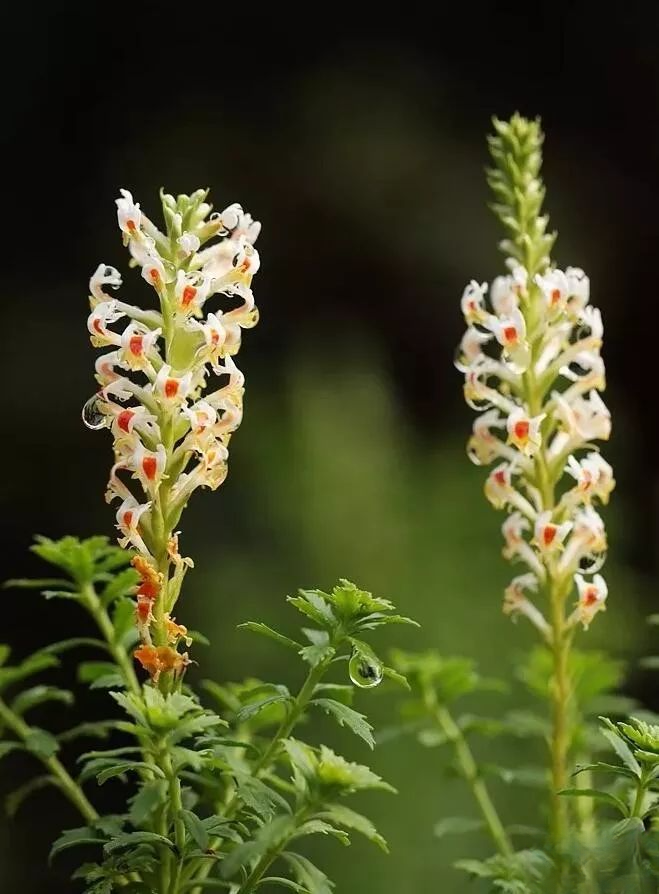
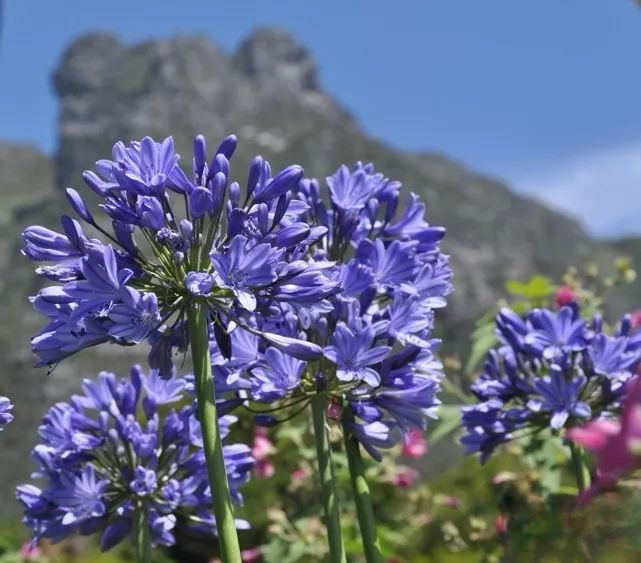
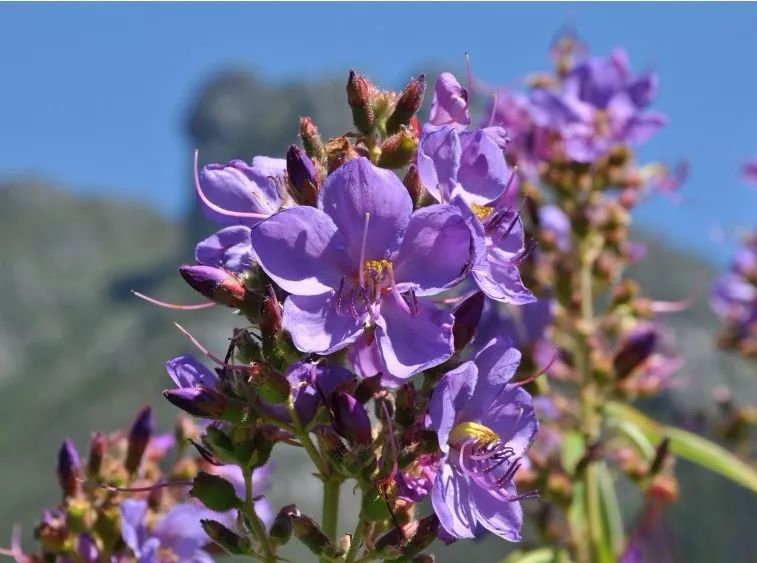
5
{ The Butchart Gardens }
Butchart Gardens, Canada
The most beautiful private gardens in North America
| Basic| Information |
Opening year: 1904
Location: Victoria, Canada
Area: 0.54 km²
| Main| Features |
The beauty of gardening
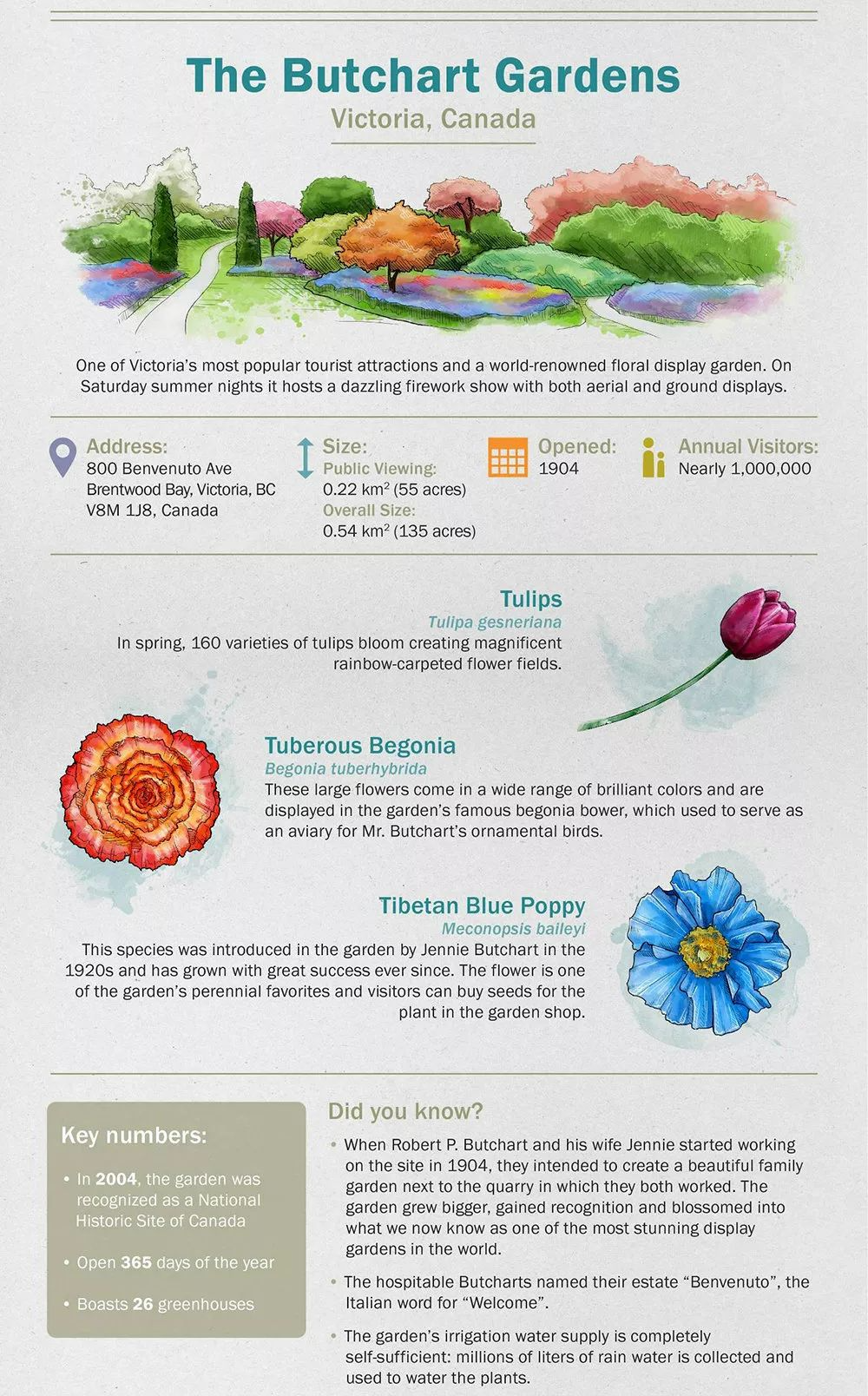
Official website: www.butchartgardens.com
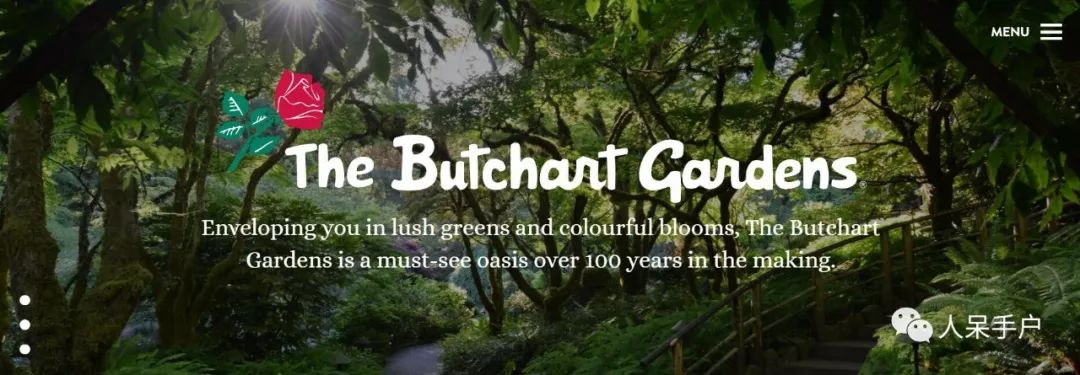
In Victoria, British Columbia, Canada, there is a well-known private garden - Butchart Gardens.
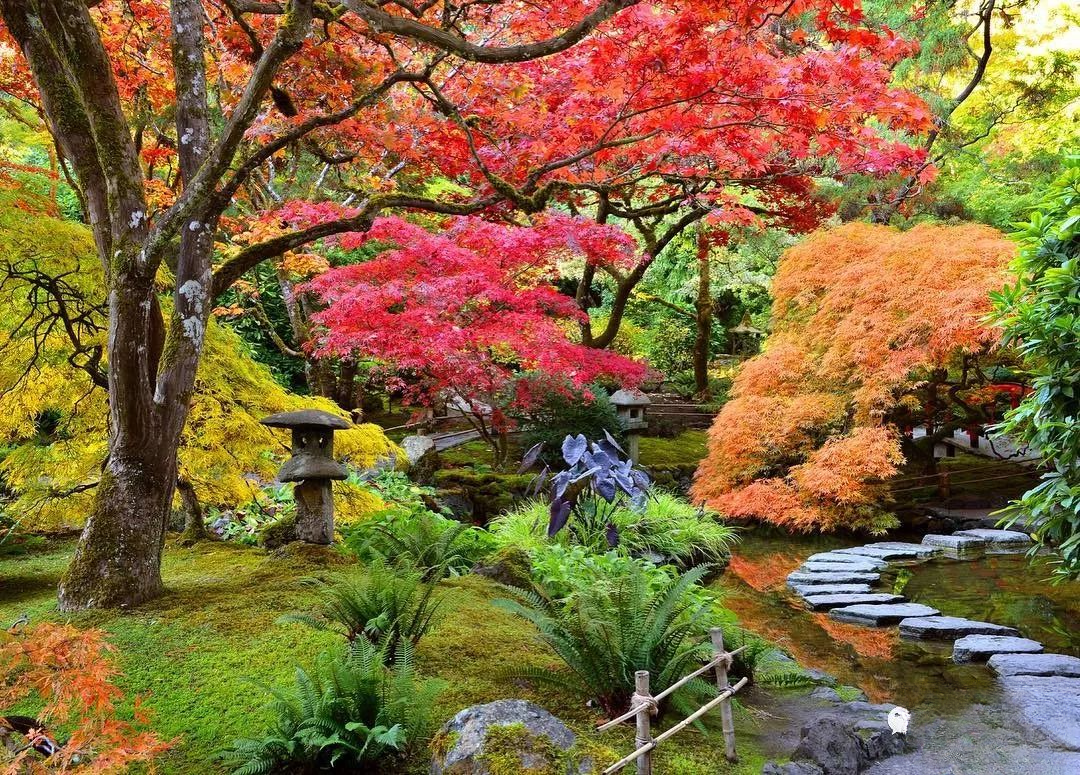
It was built by Mr. and Mrs. Robert Pim Butchart in 1904 in order to beautify an abandoned stone quarry . After several generations of hard work, it has now become a wonder in the field of horticultural art.
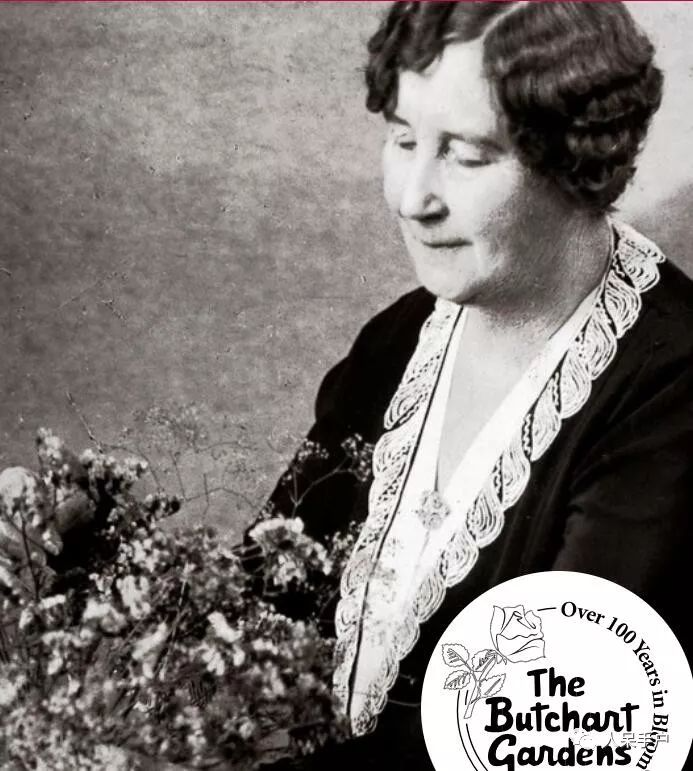
The Bouchards softened rare and exotic flowers and trees to create the now world-renowned Sunken Gardens, most of which were collected by the couple themselves during their travels around the world.
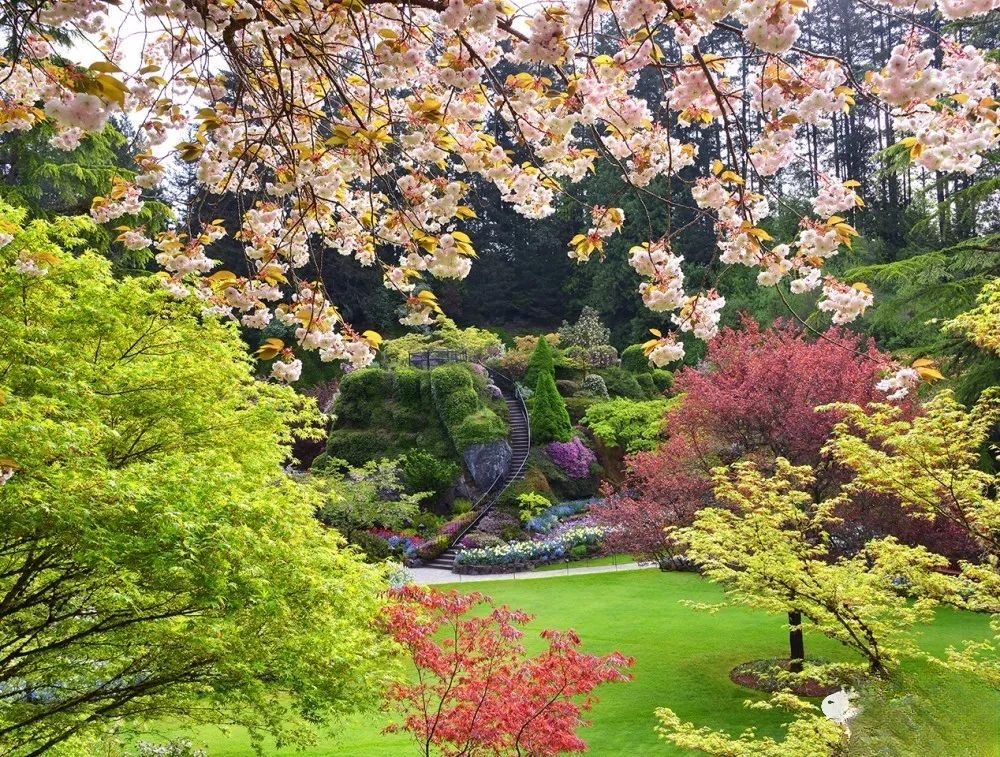
Sunken Graden/Sunken Garden
Looking at the low-lying garden from the observation deck, there are two beautiful cypress trees planted on both sides of the path, and the steep slopes in the garden are covered with ivy and thatch vines.
A winding staircase leads to the former mine shaft, and the main passage winds through a patchwork of annual plants planted between flowering trees and shrubs that reaches the corners of the walls.
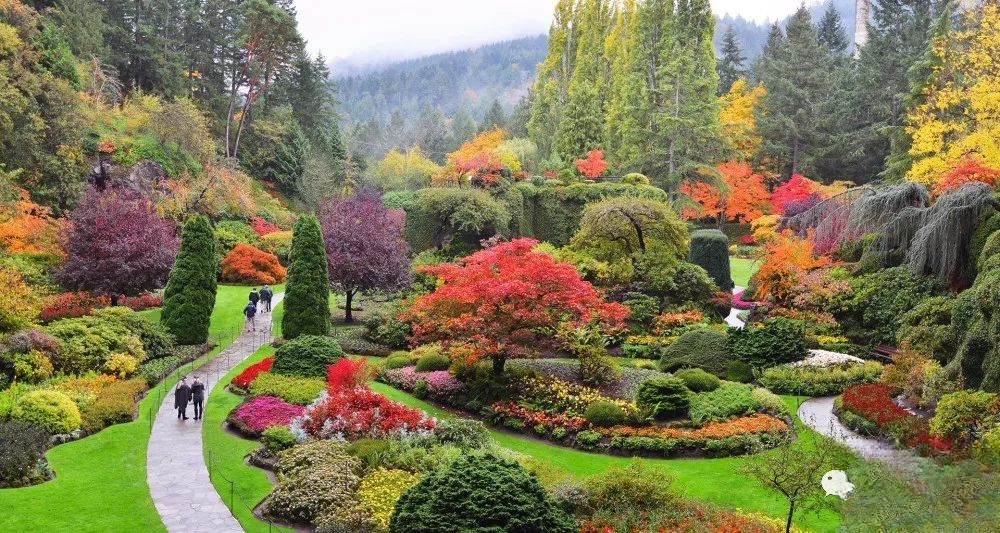
Sunken Graden/Sunken Garden
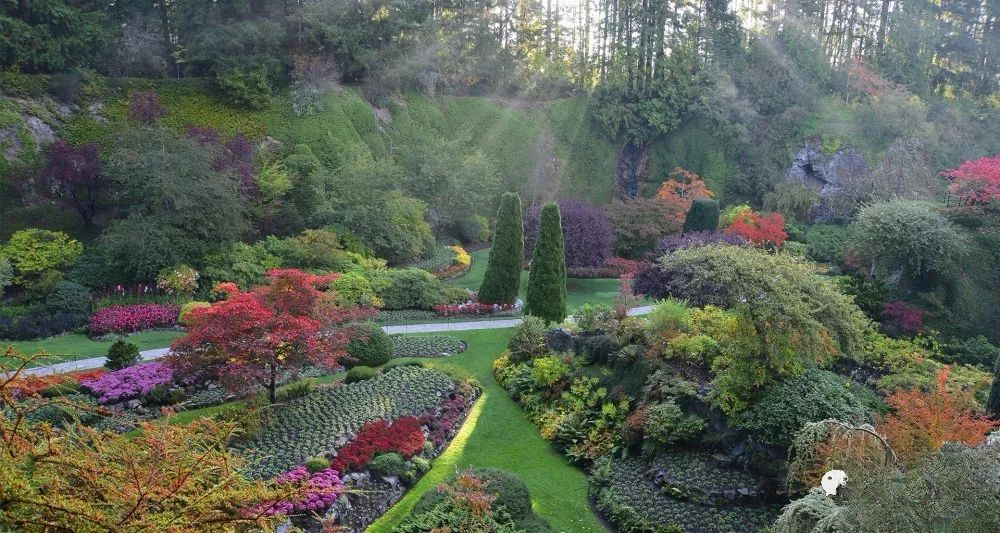
Sunken Graden/Sunken Garden
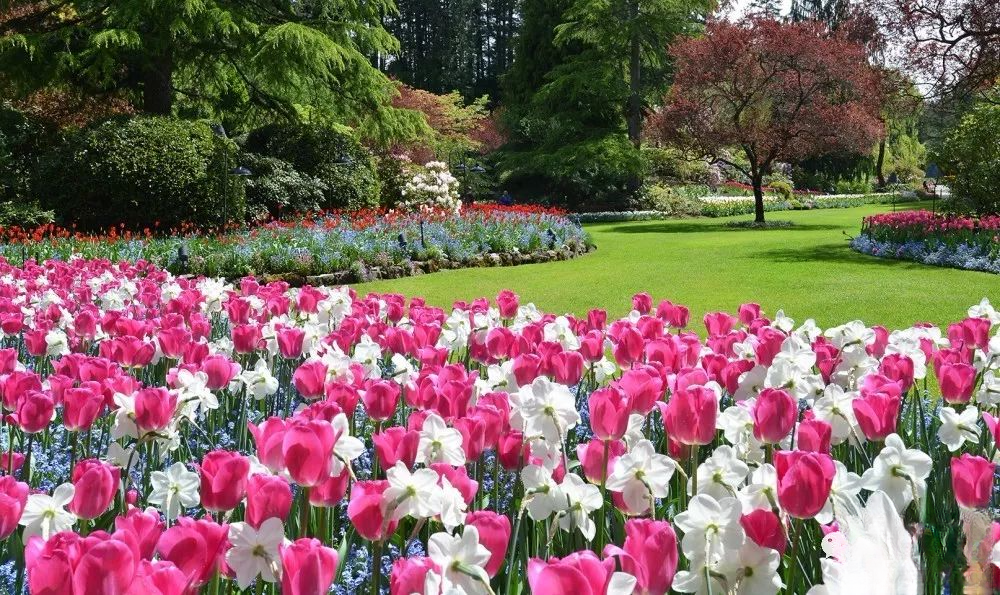
Sunken Graden/Sunken Garden
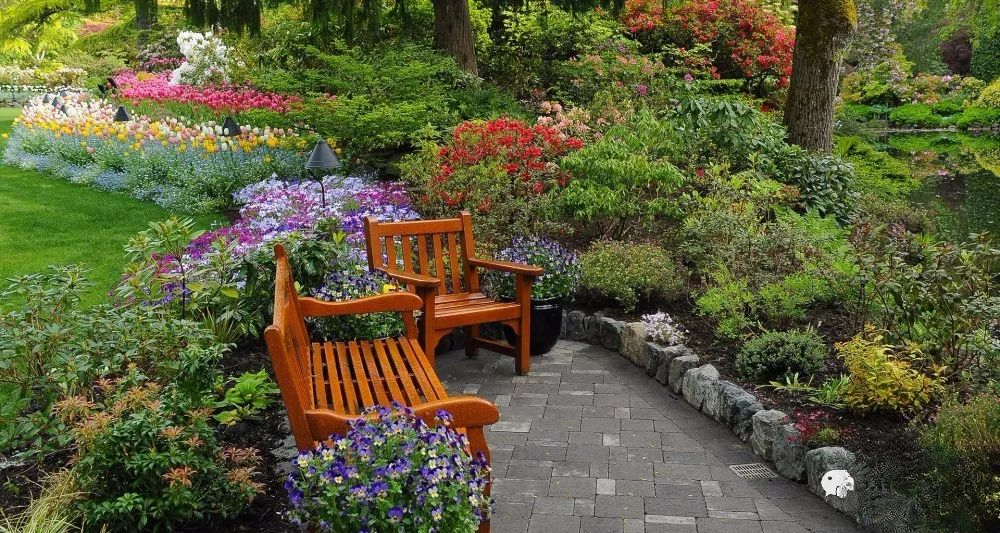
Sunken Graden/Sunken Garden
Afterwards, the gardens built for recreation and entertainment continued to expand. Between 1906 and 1929, the Bouchards developed and built a rose garden, an Italian garden, and a Japanese garden.
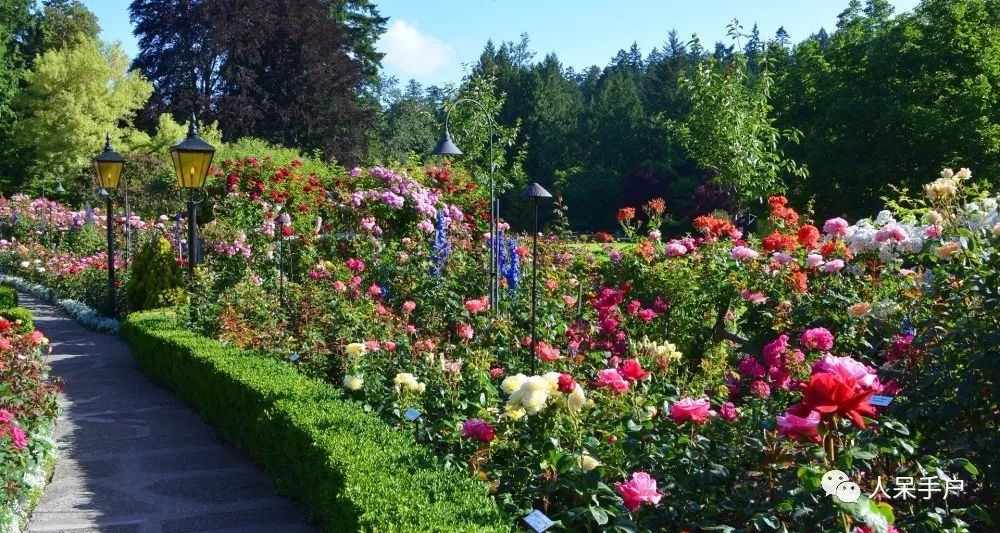
Rose Garden
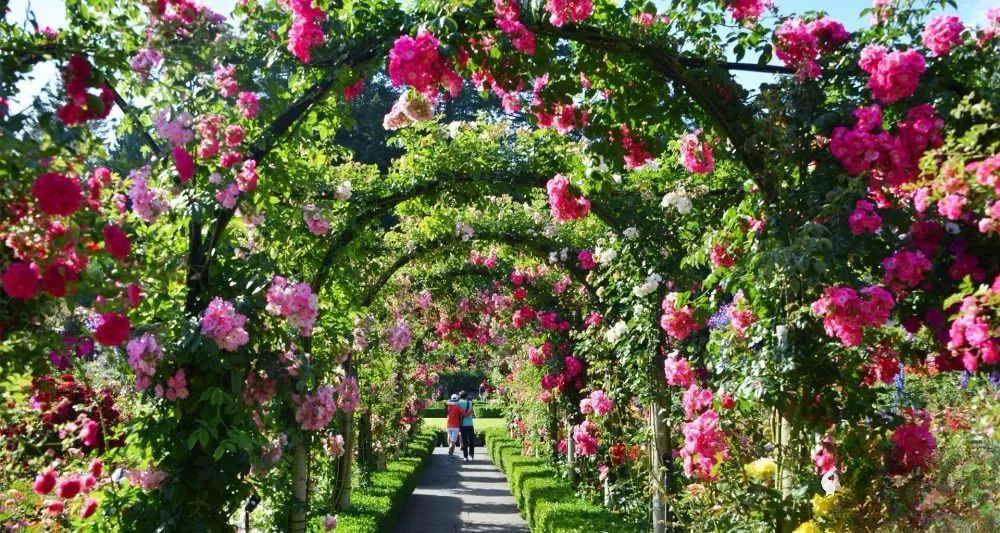
Rose Garden
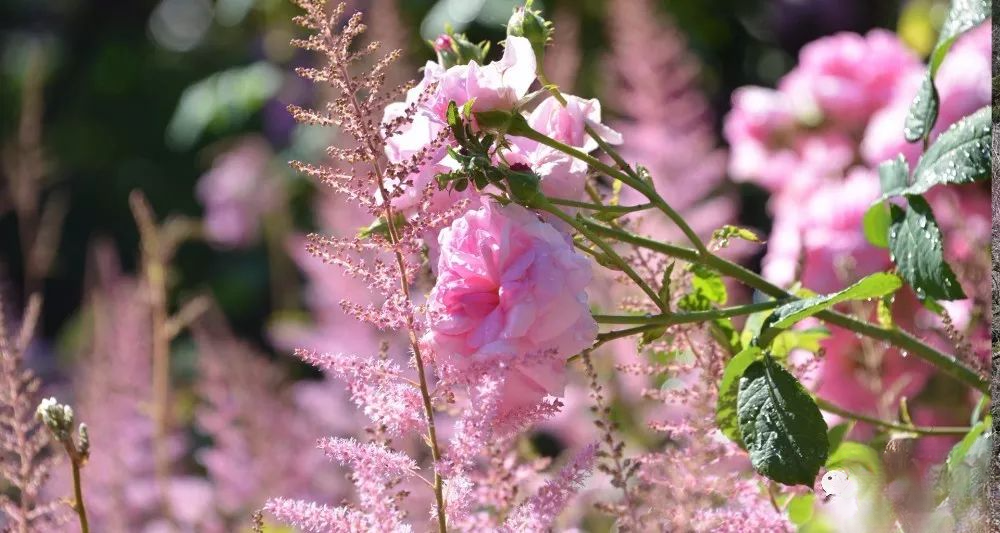
Rose Garden
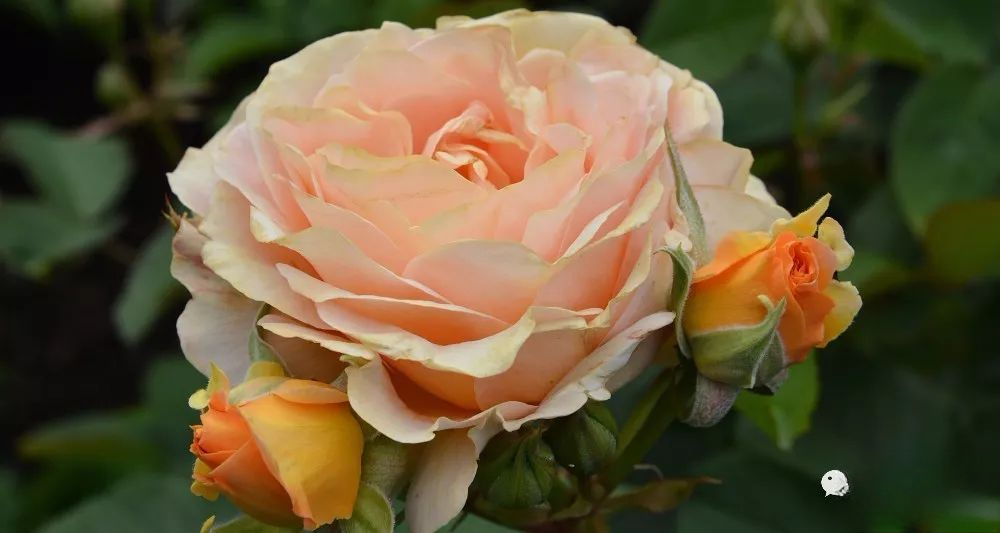
Rose Garden
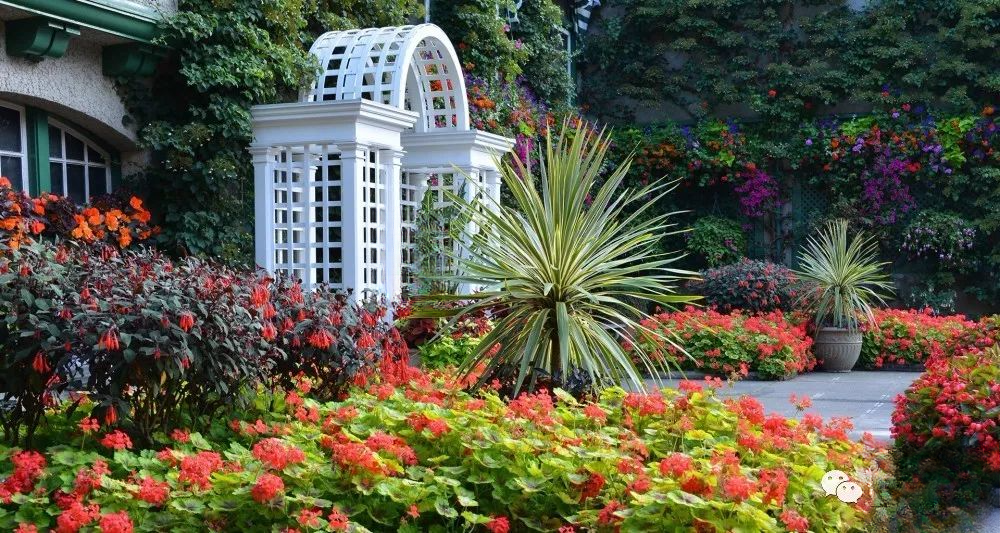
Italian Garden
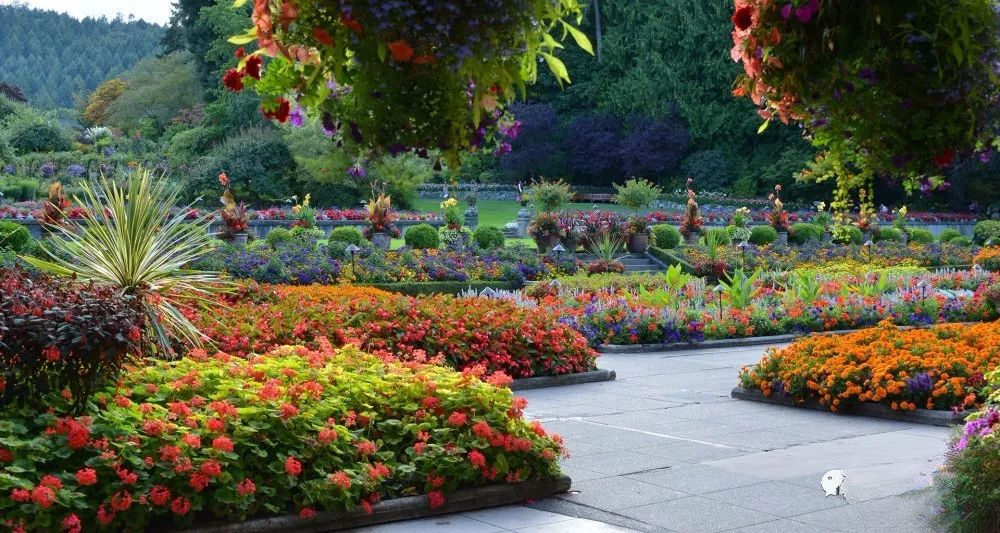
Italian Garden
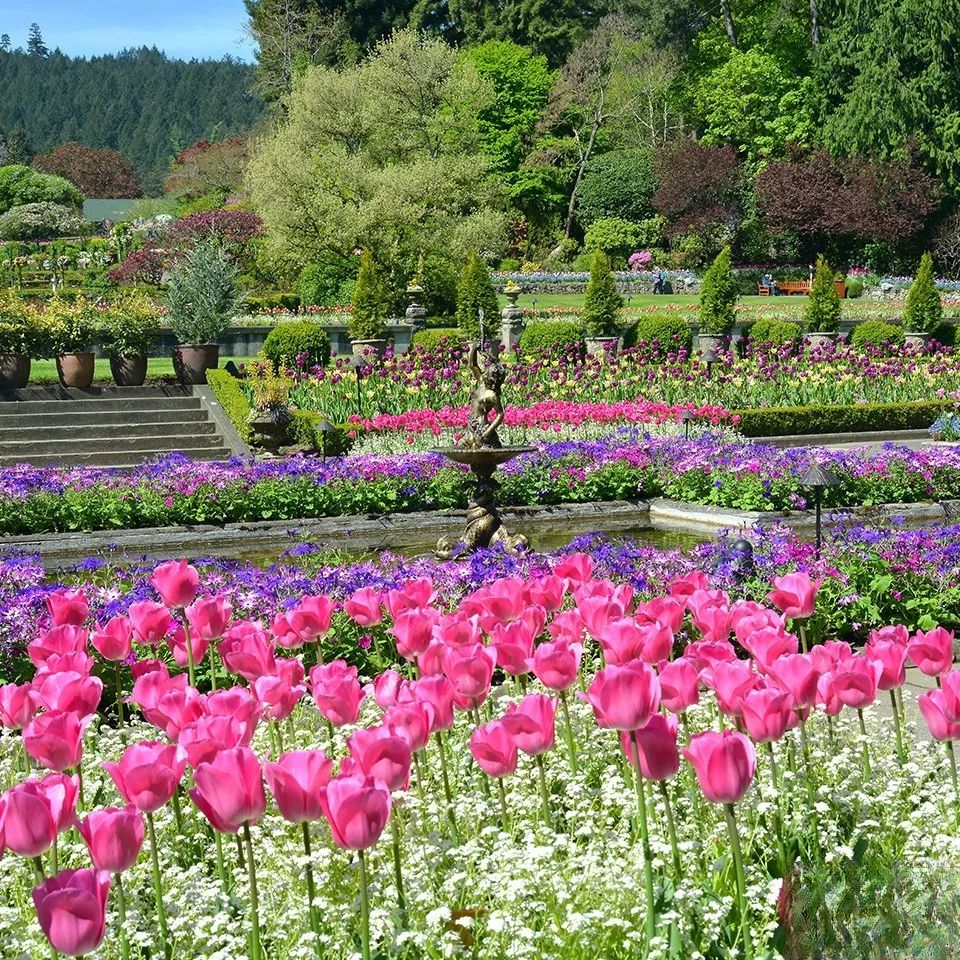
Italian Garden
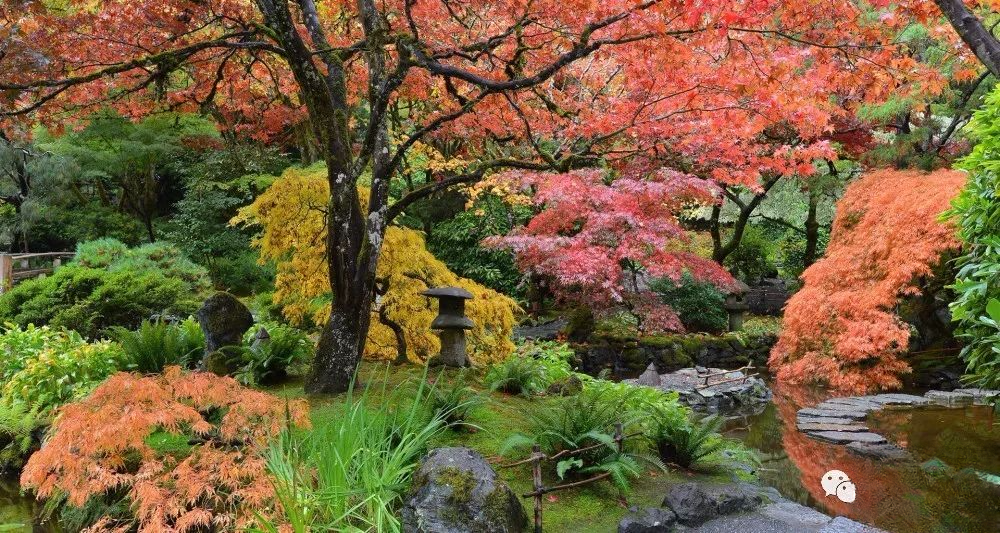
Japanese Garden
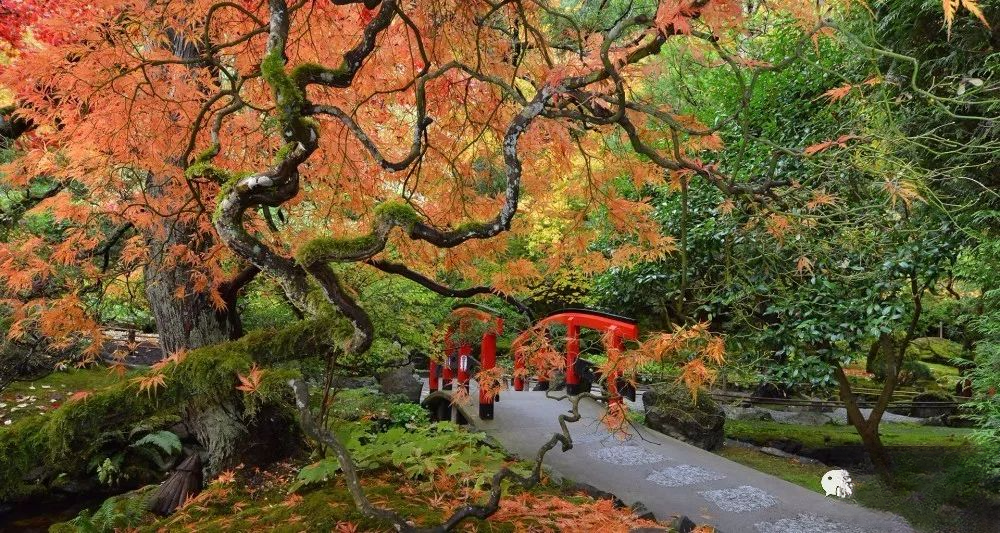
Japanese Garden
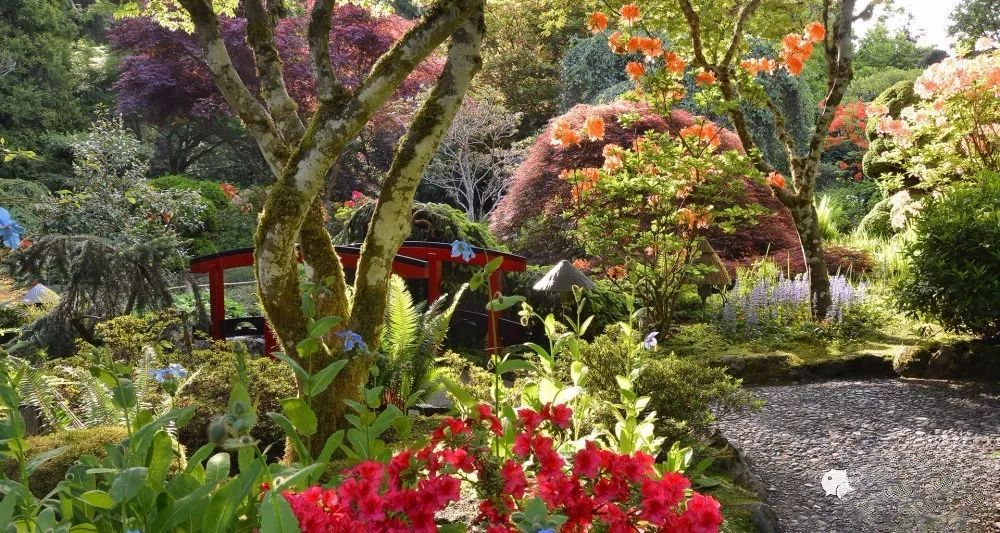
Japanese Garden
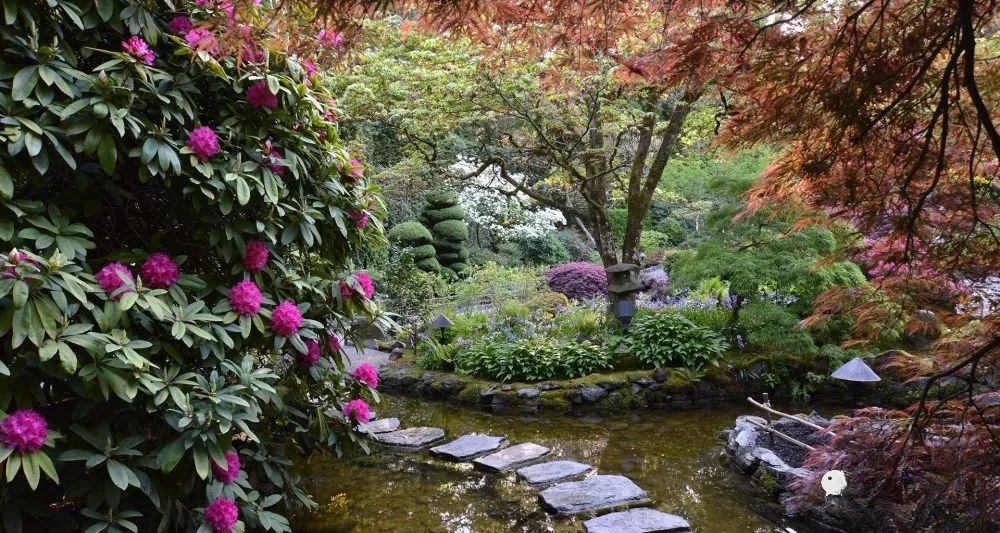
Japanese Garden
The garden is picturesque, and to this day, the Bouchards' horticultural masterpiece attracts more than one million visitors every year.
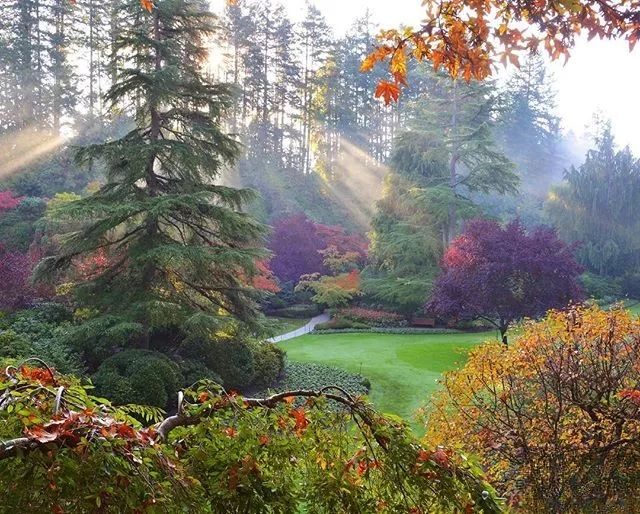

Image source: Google Pinterest